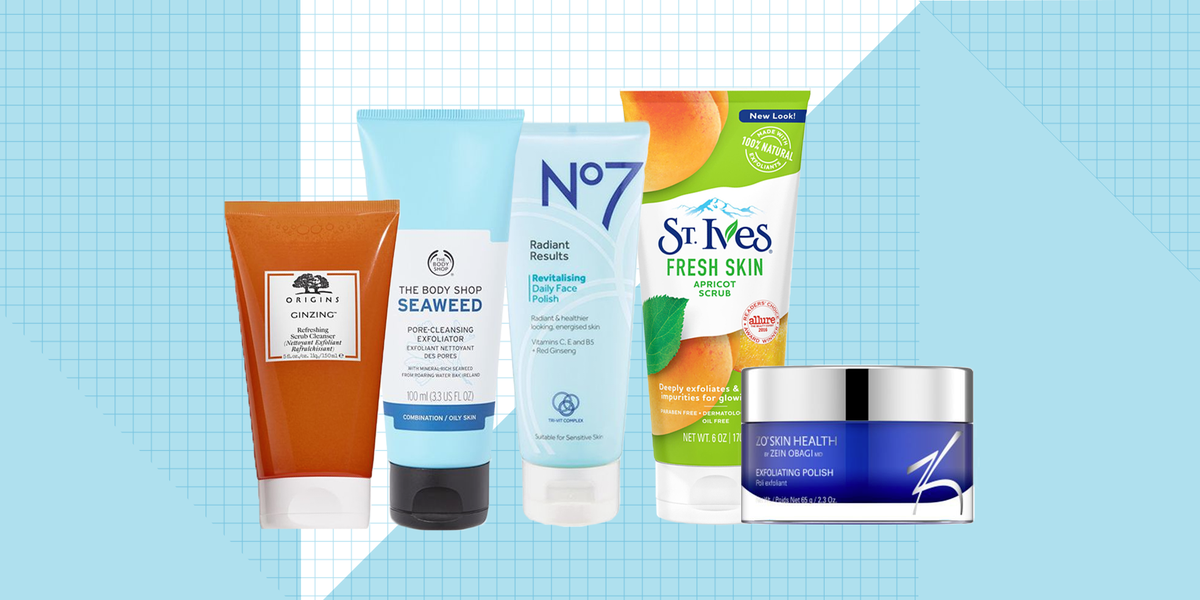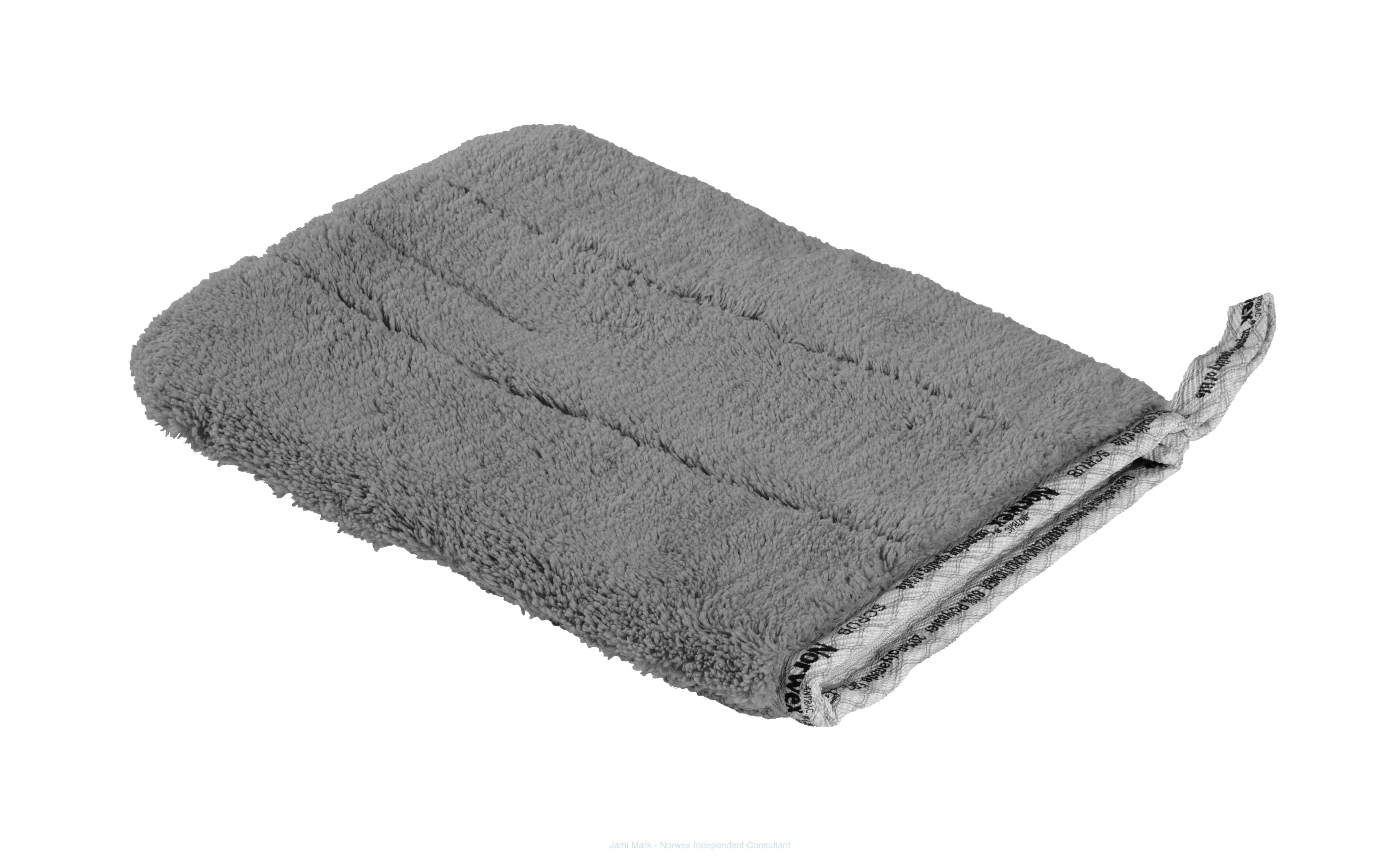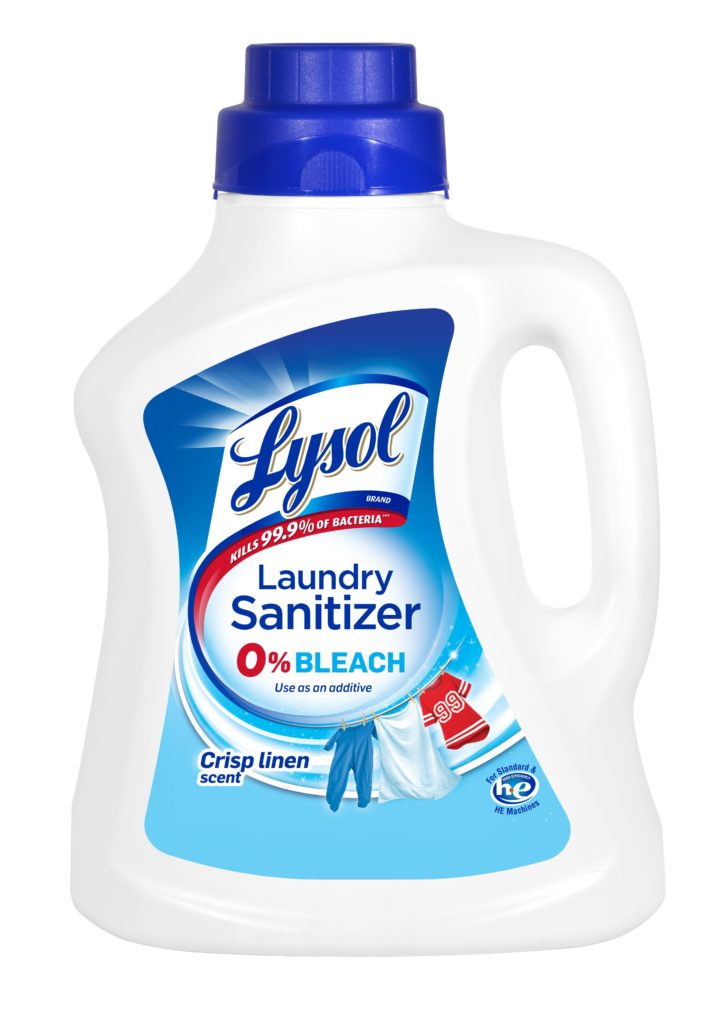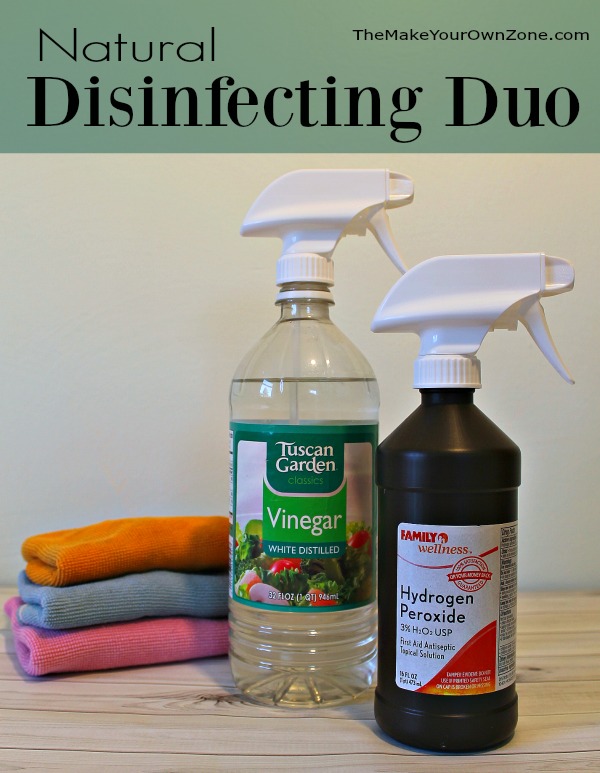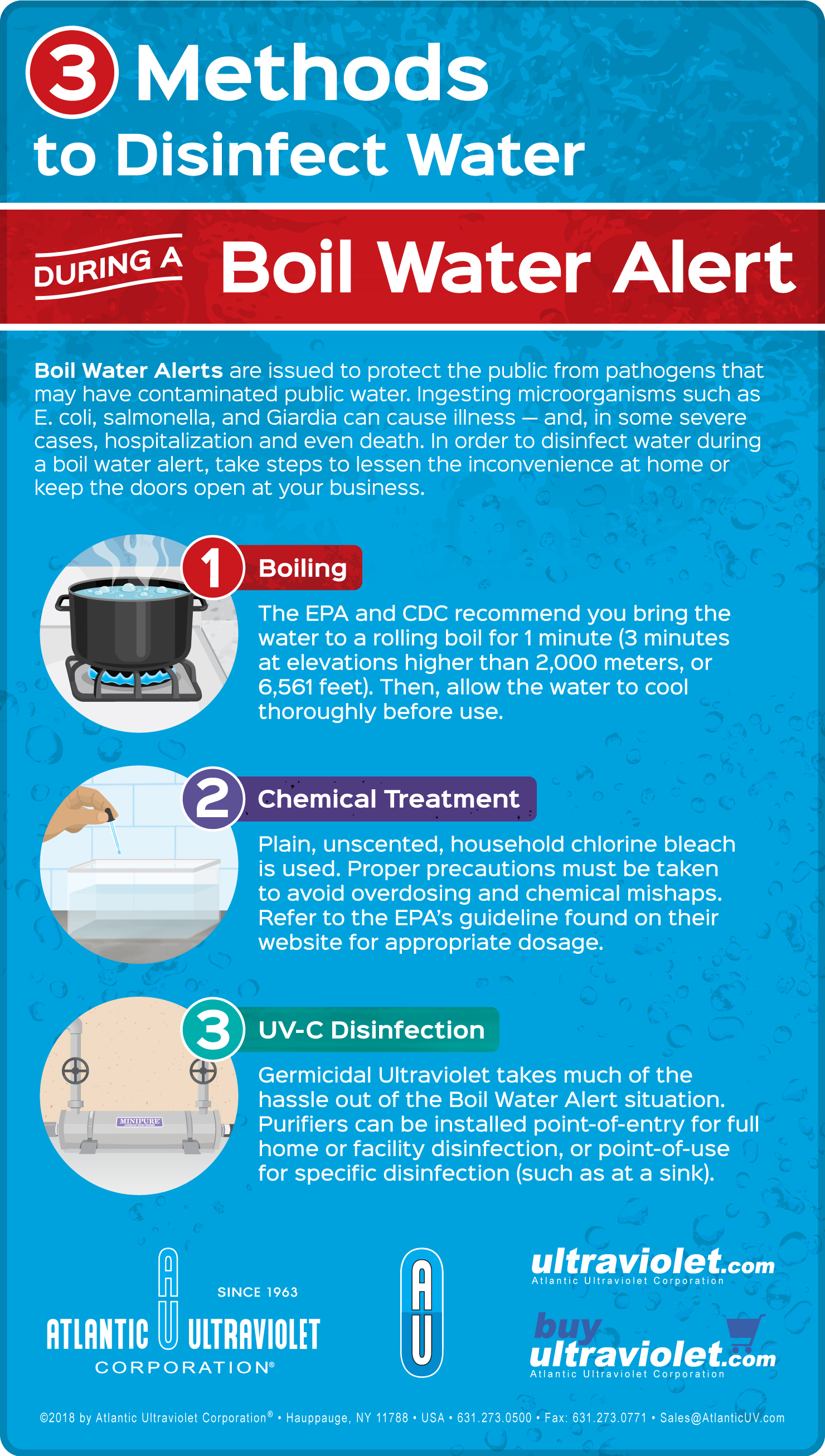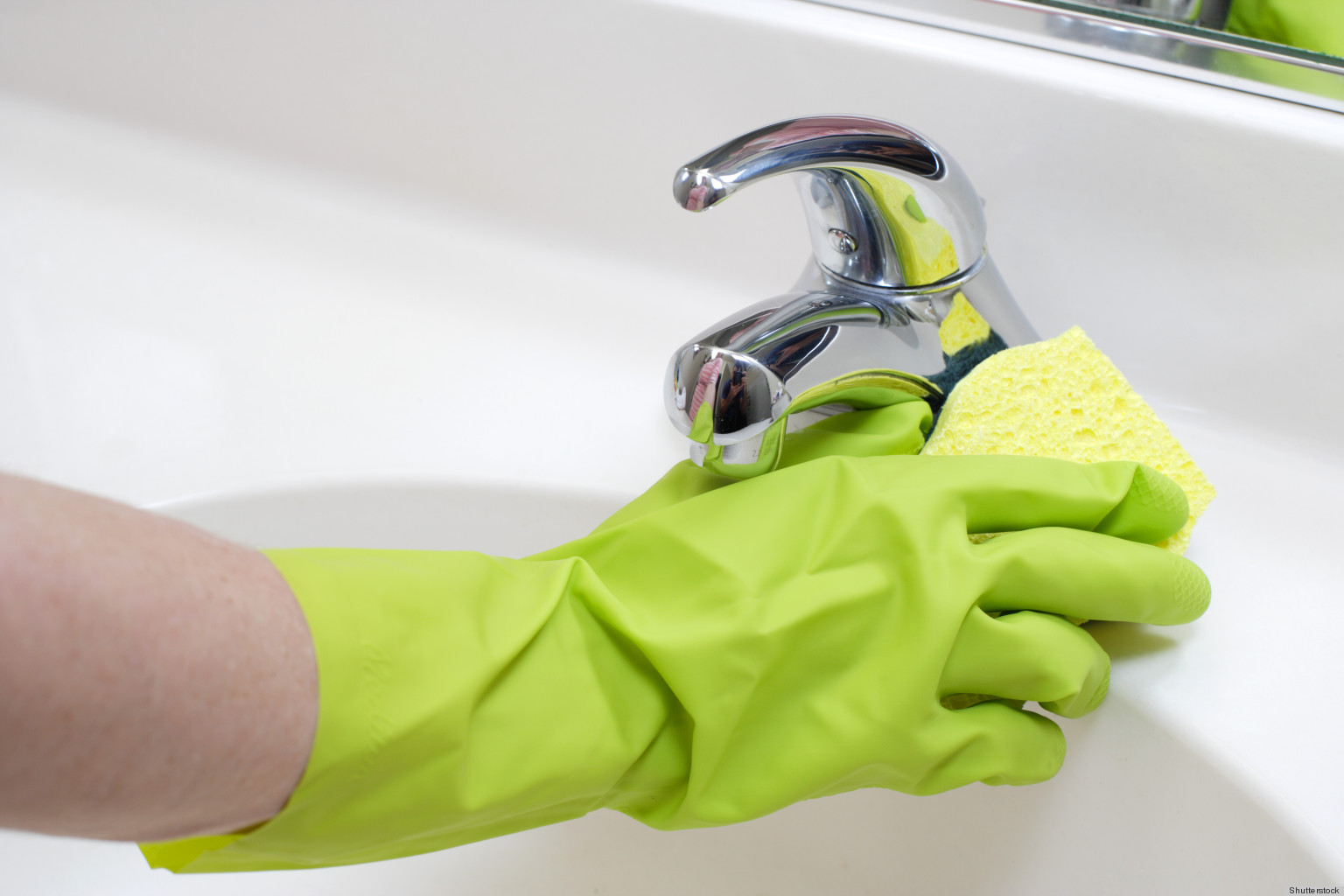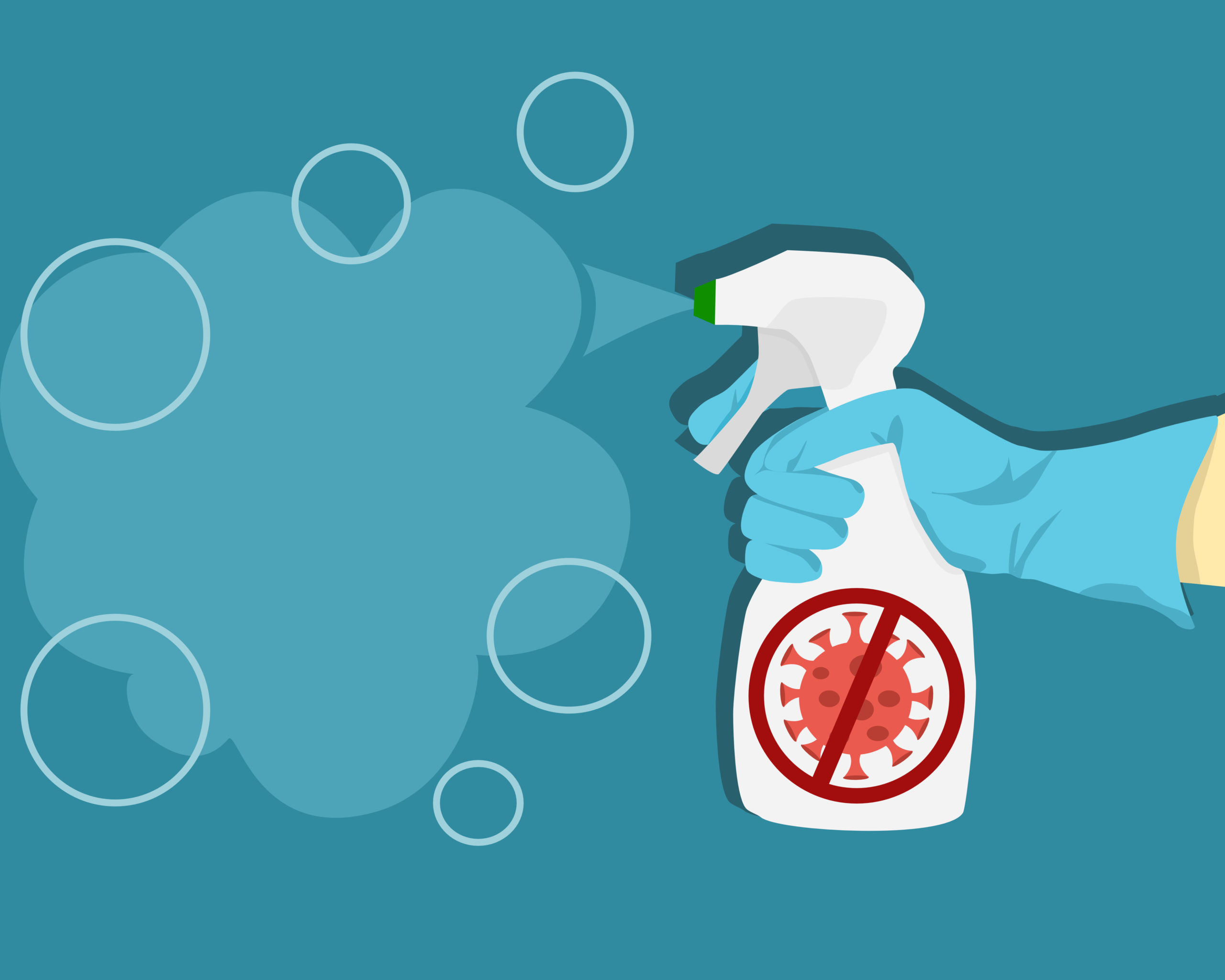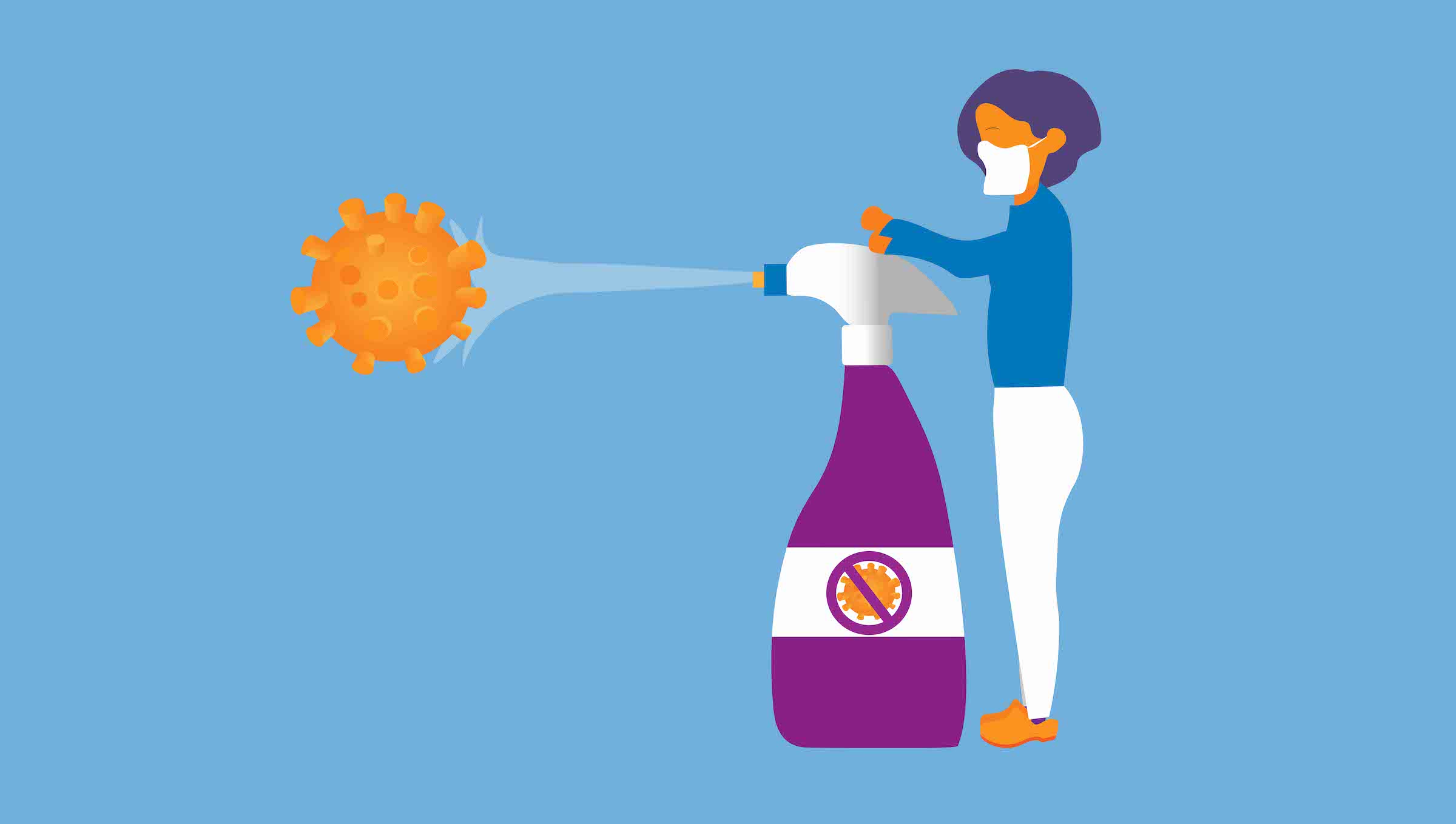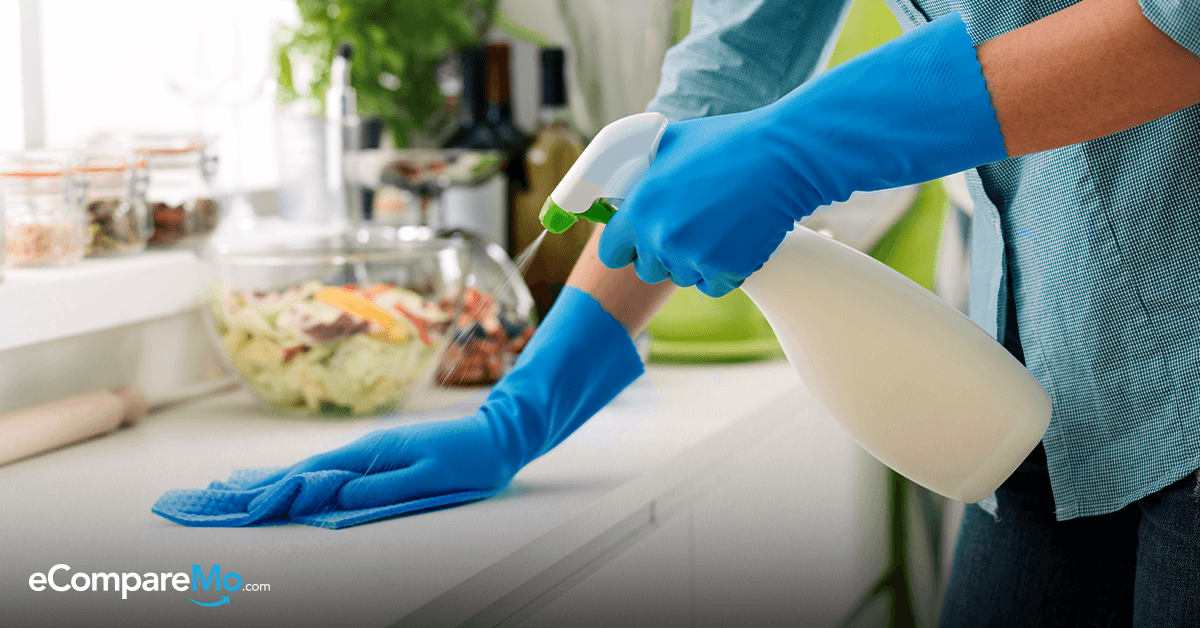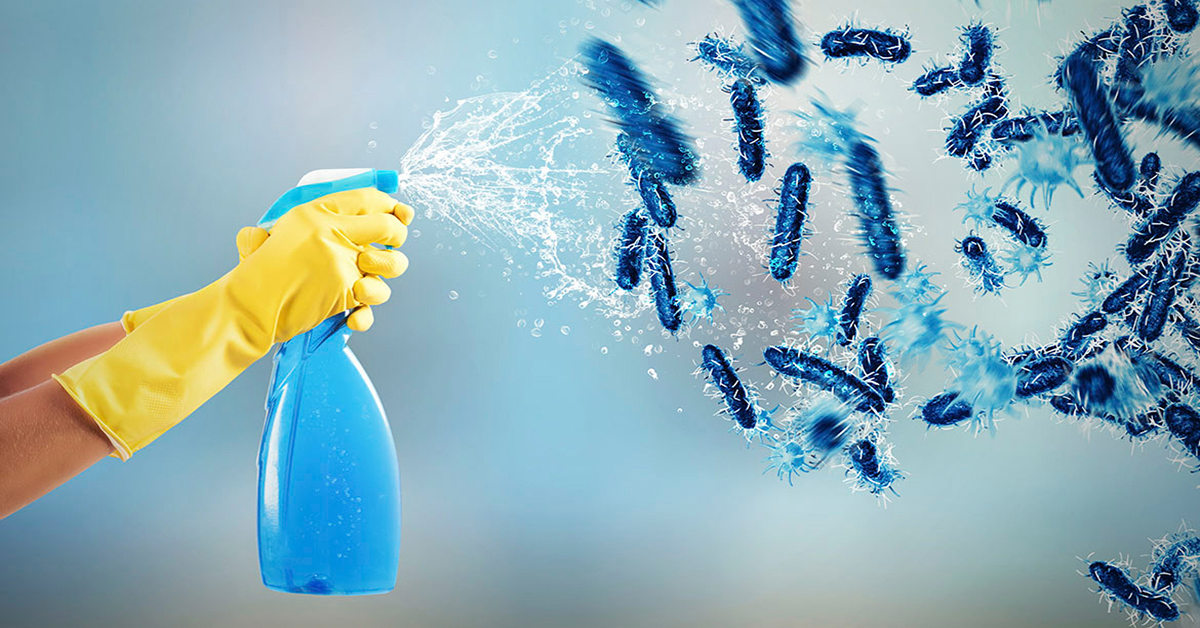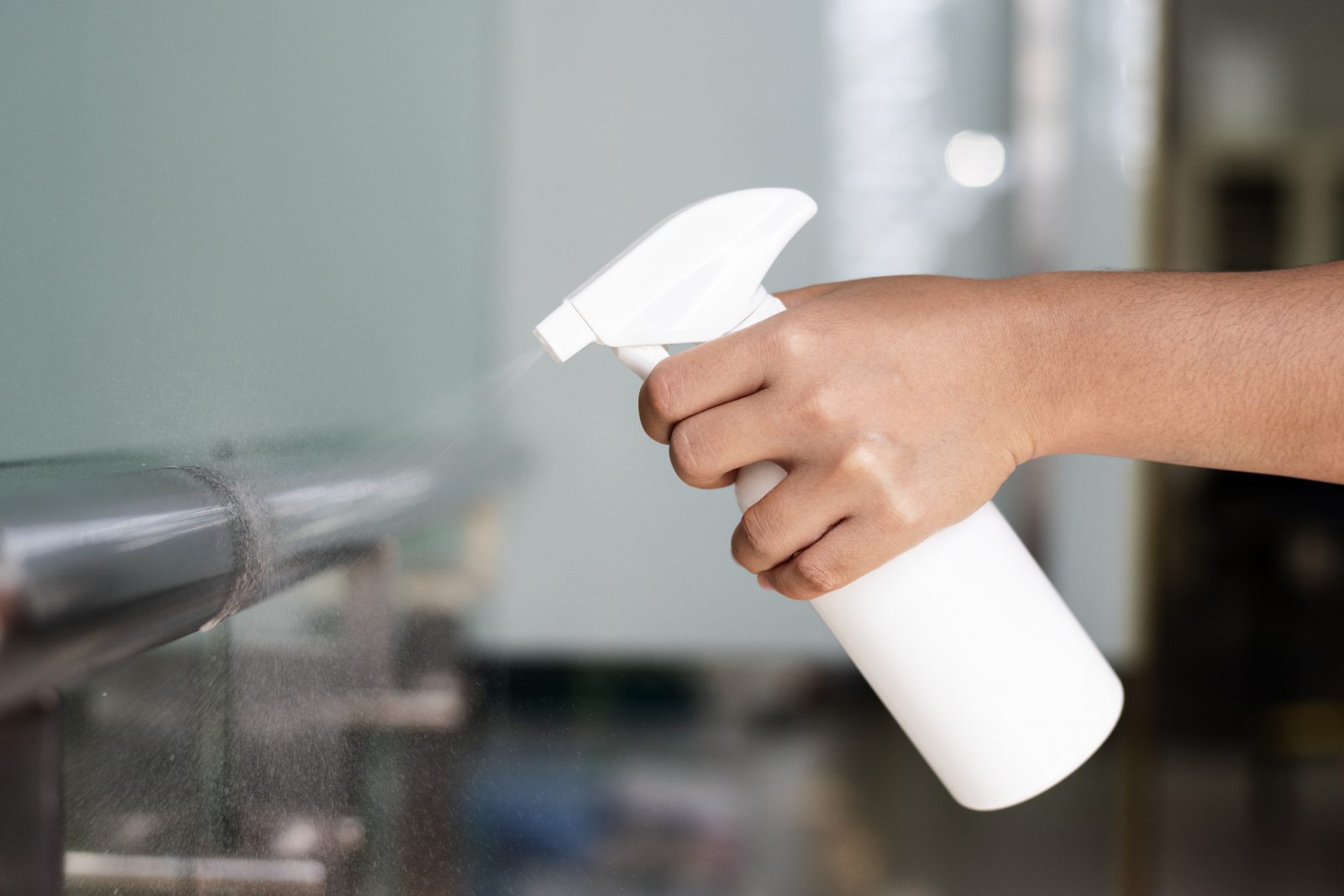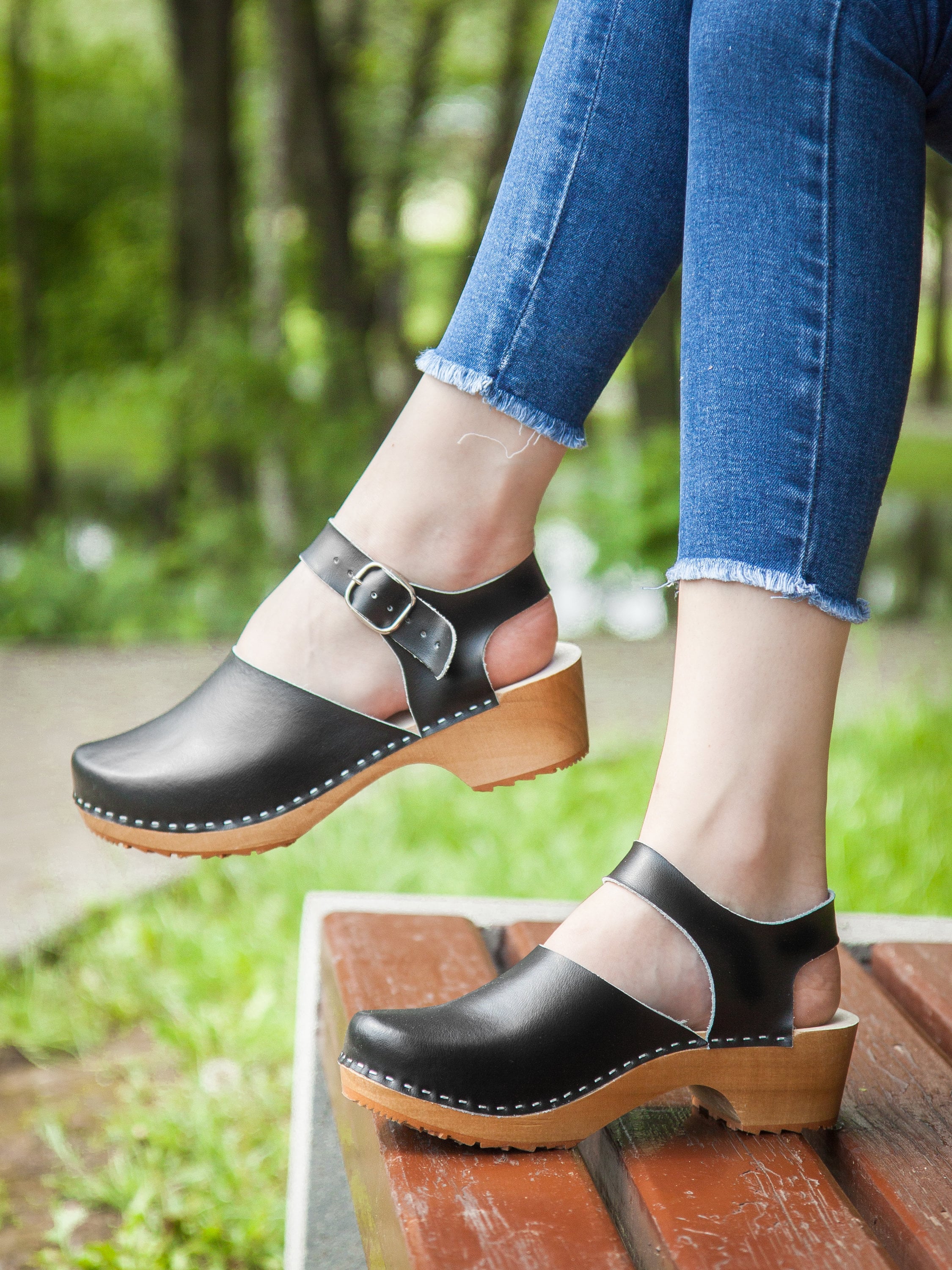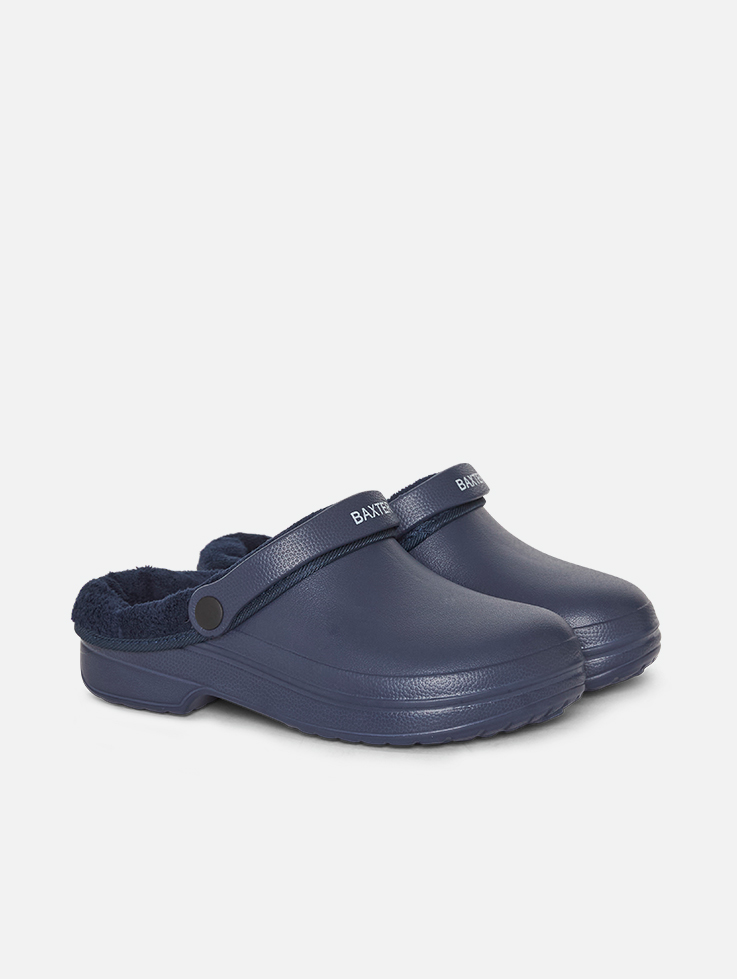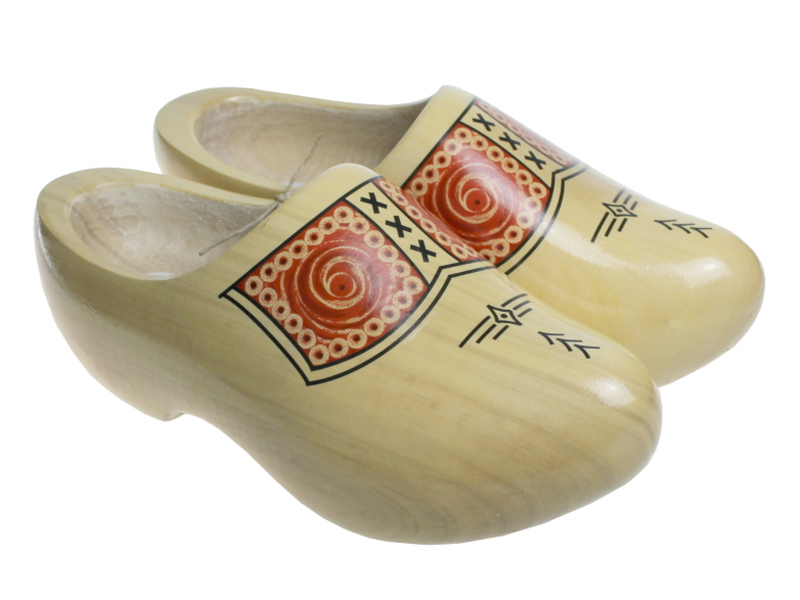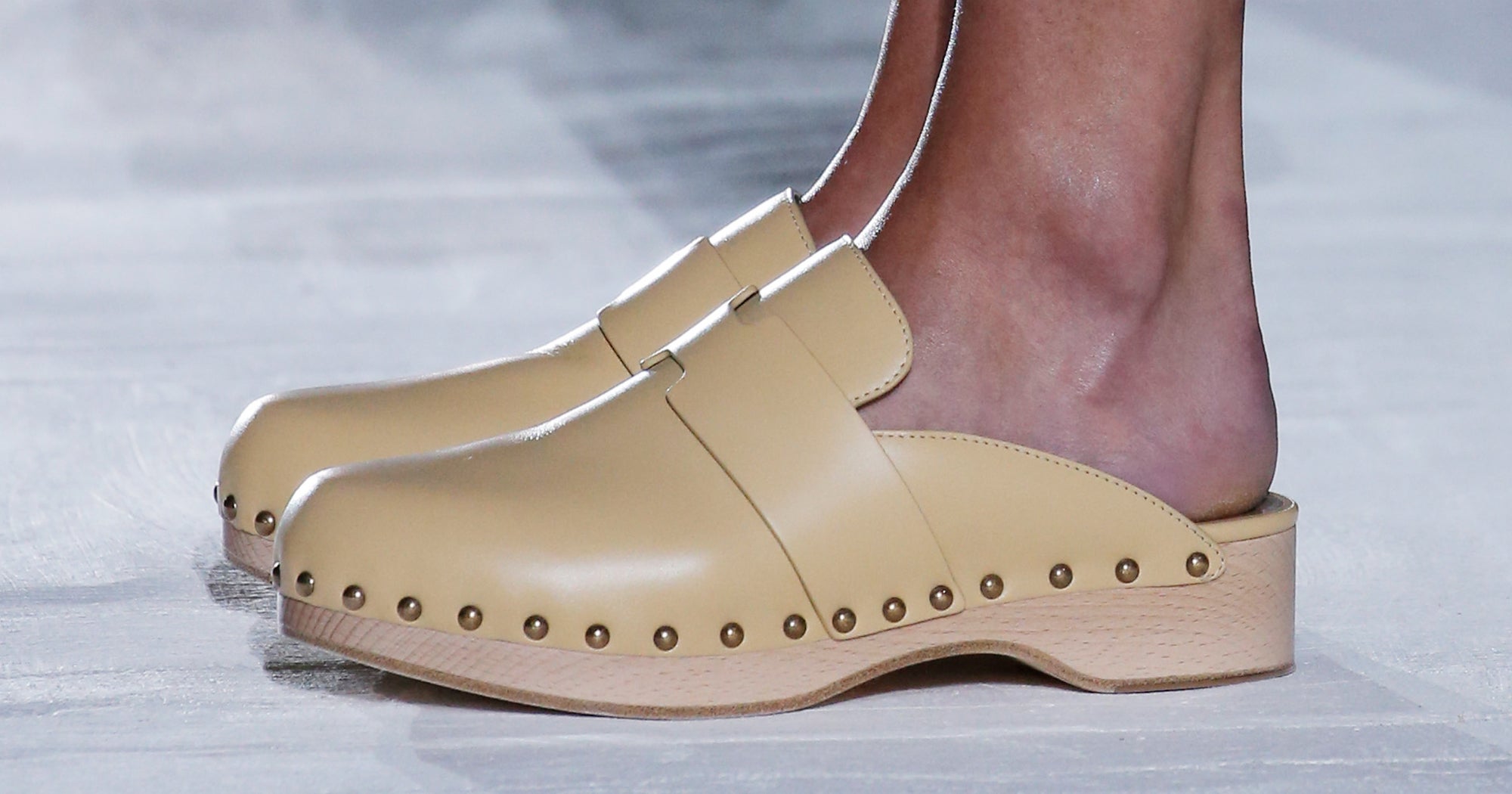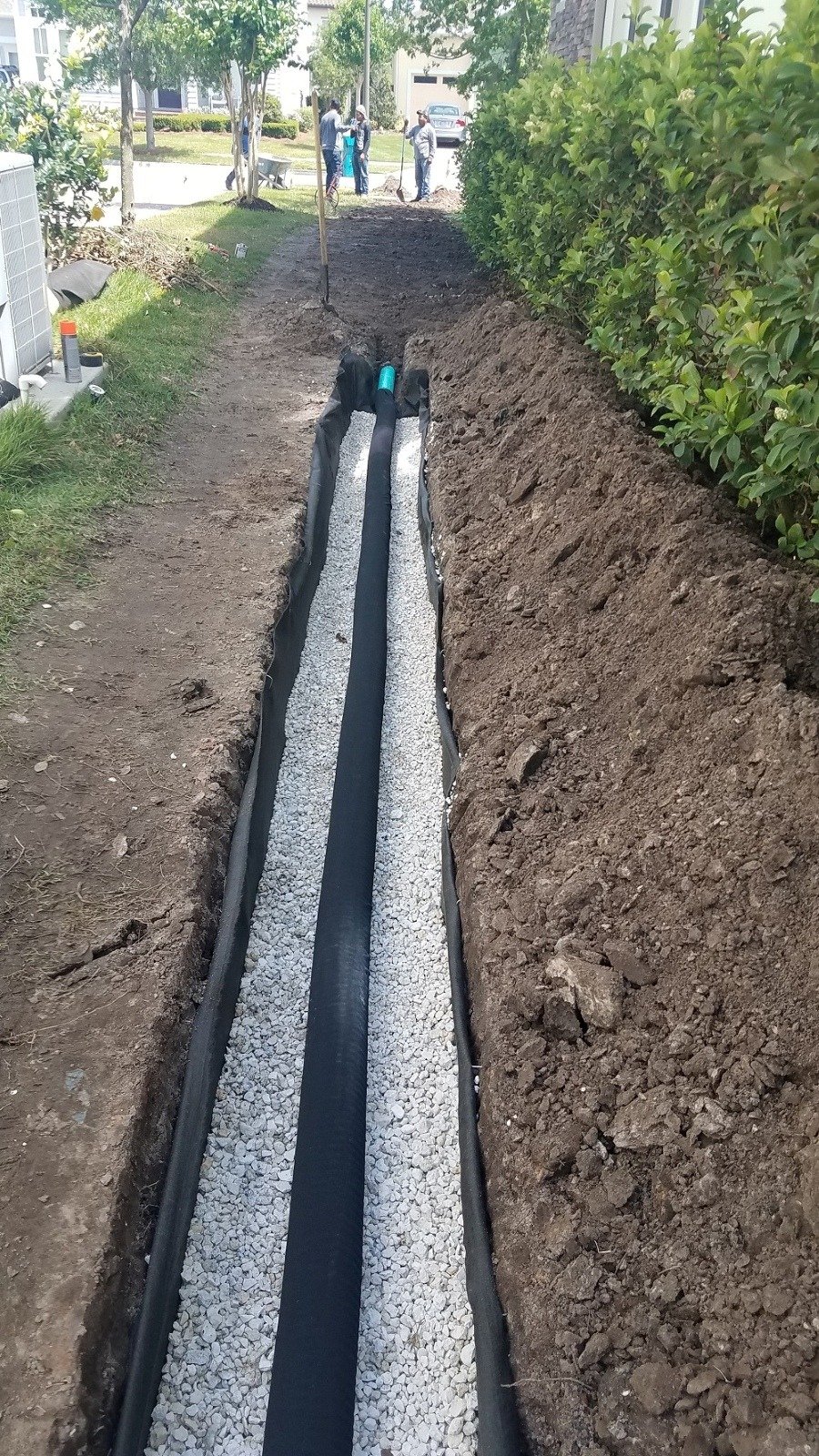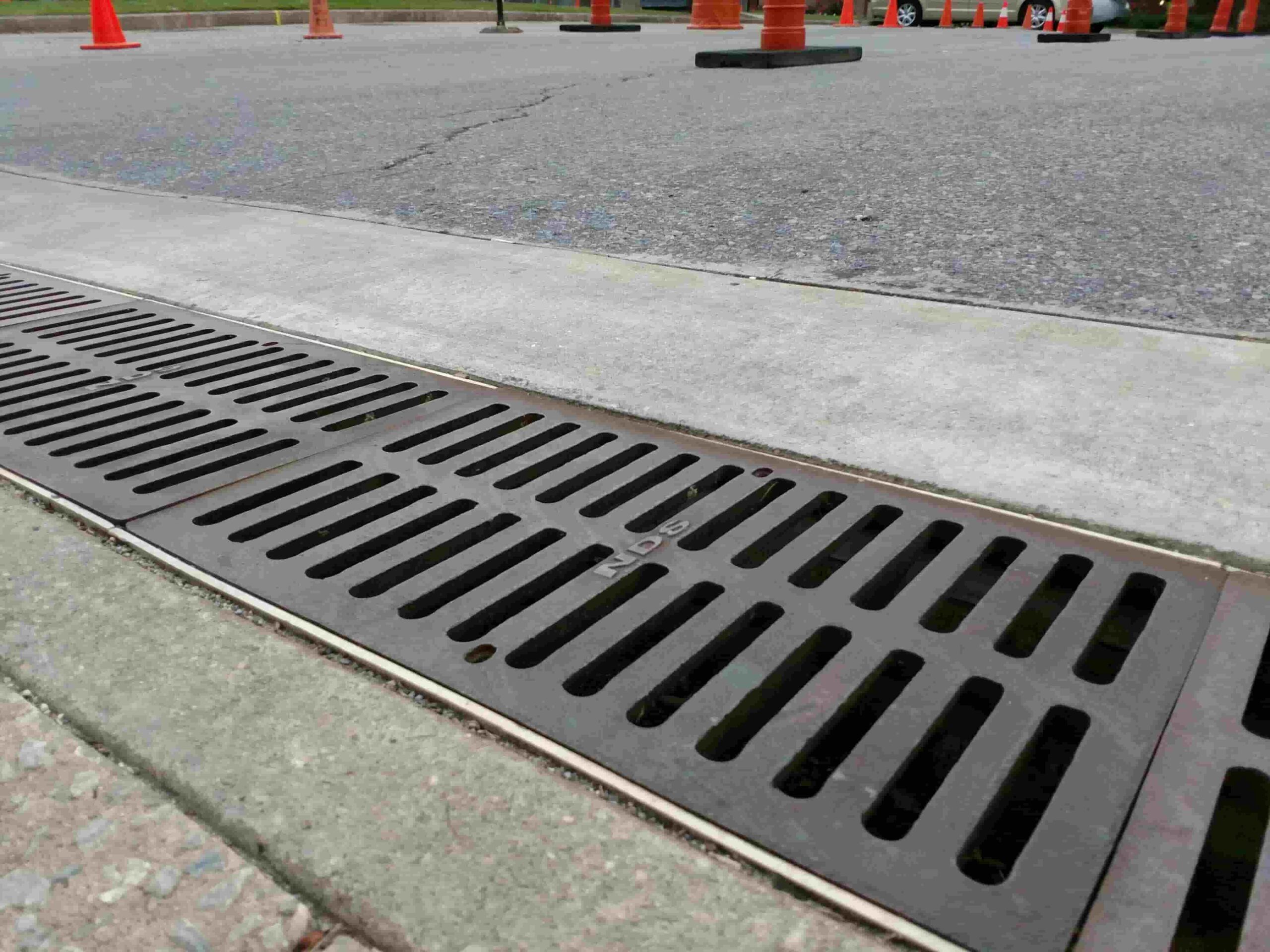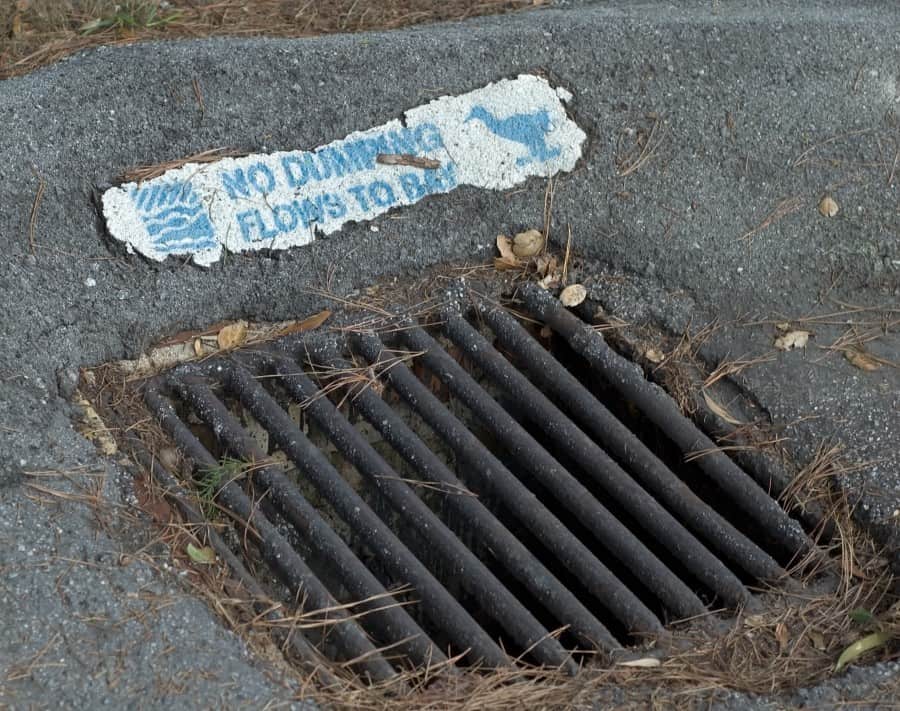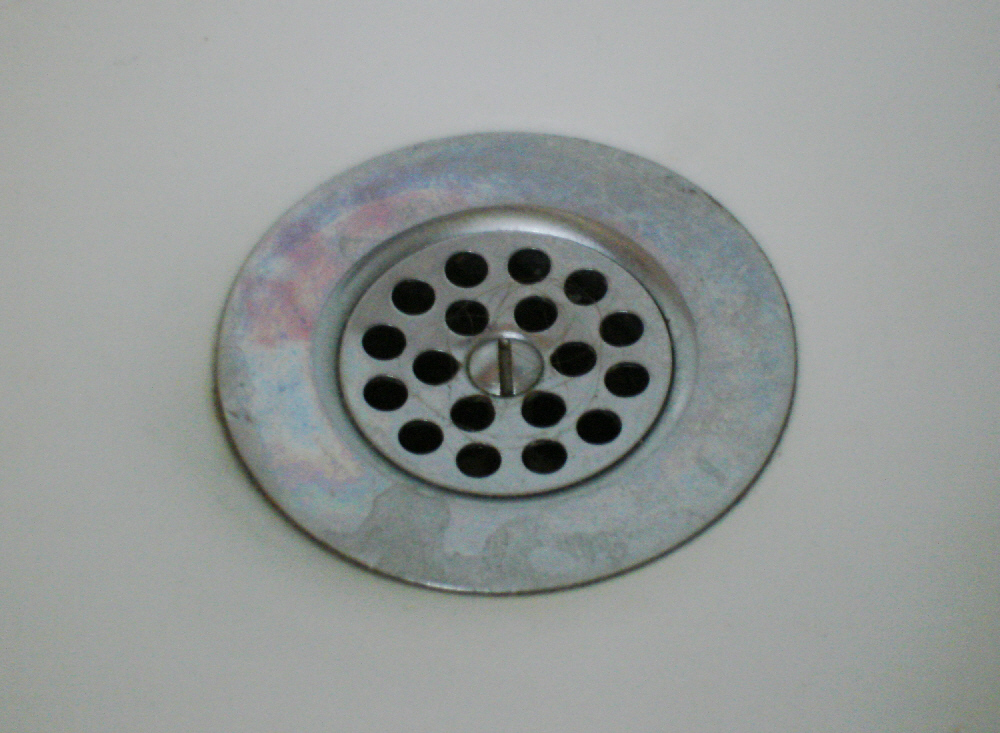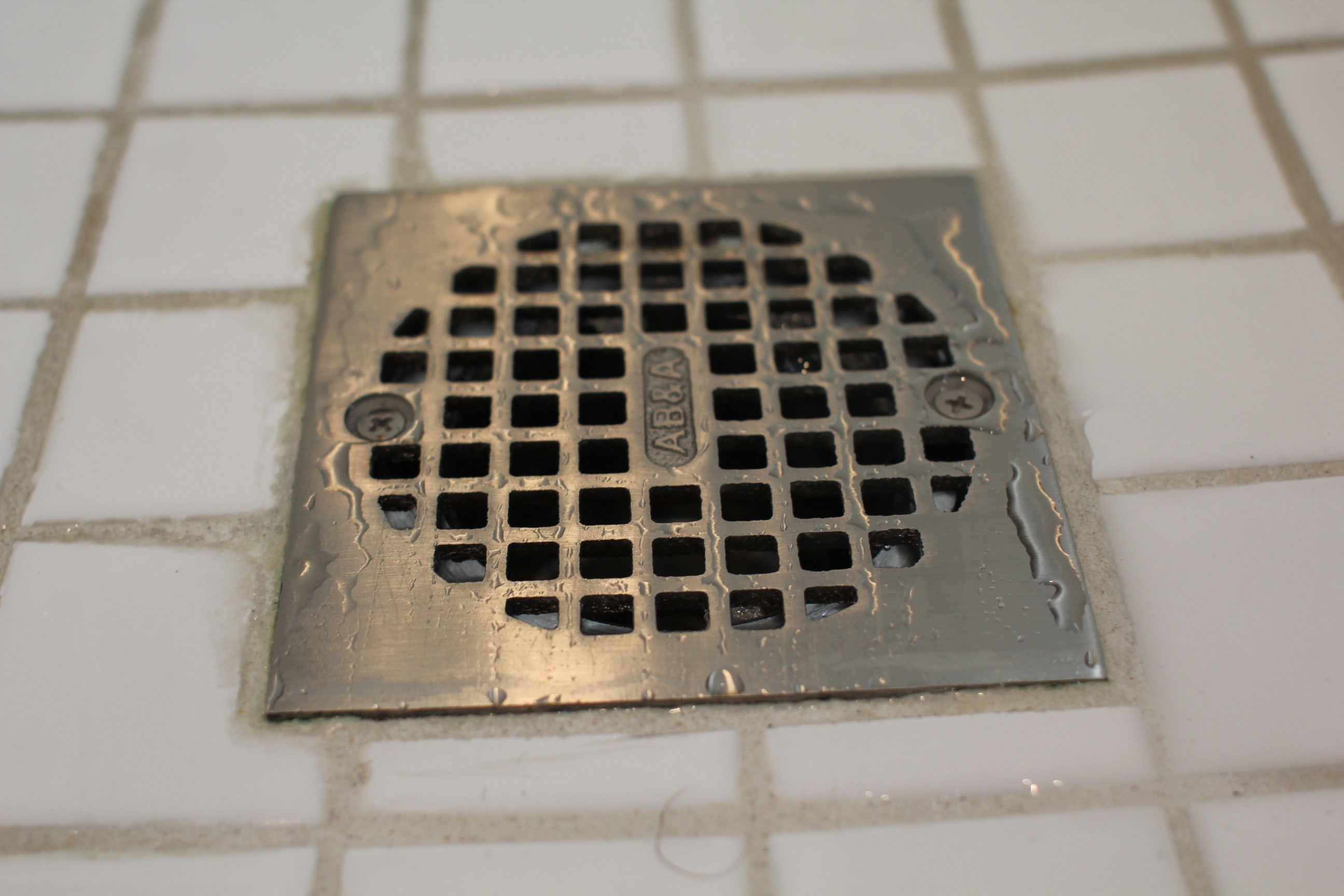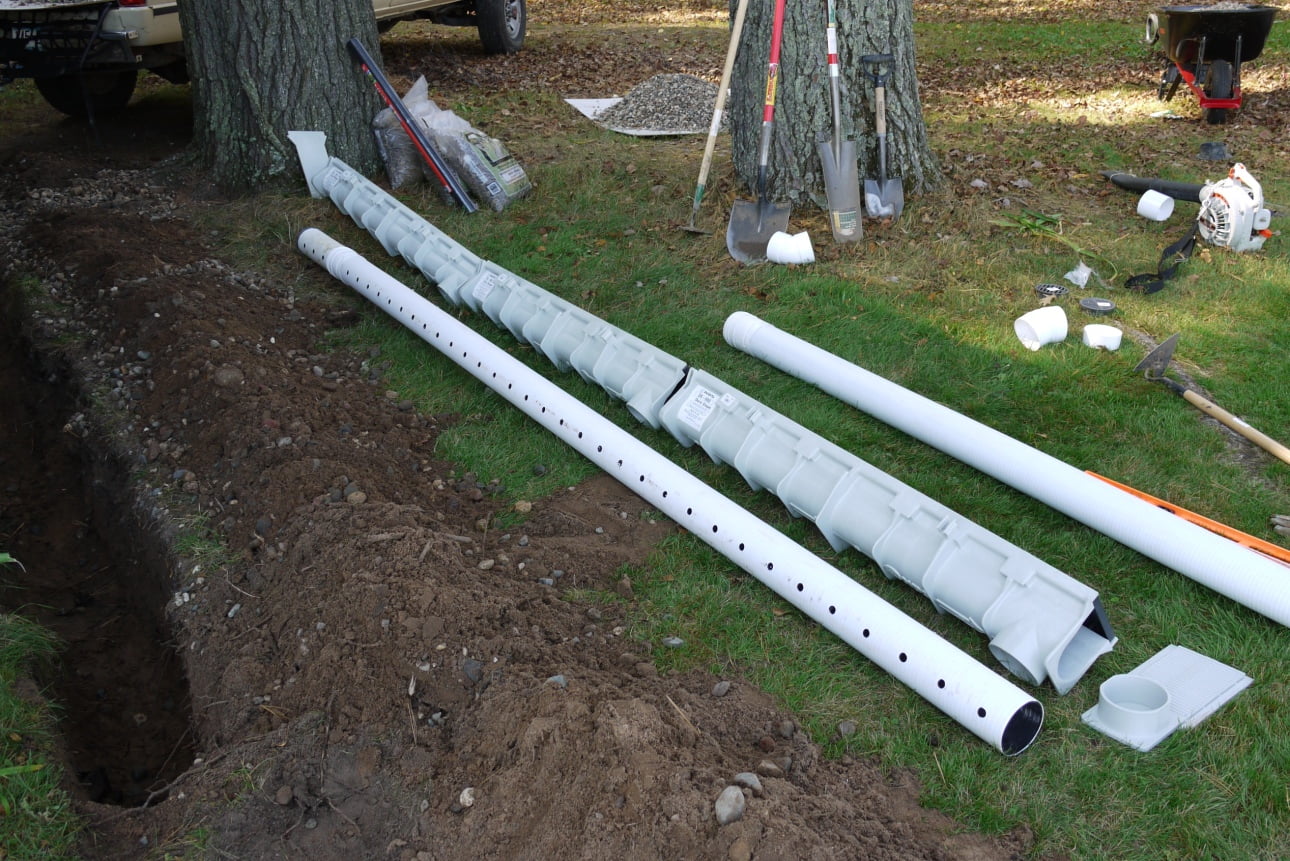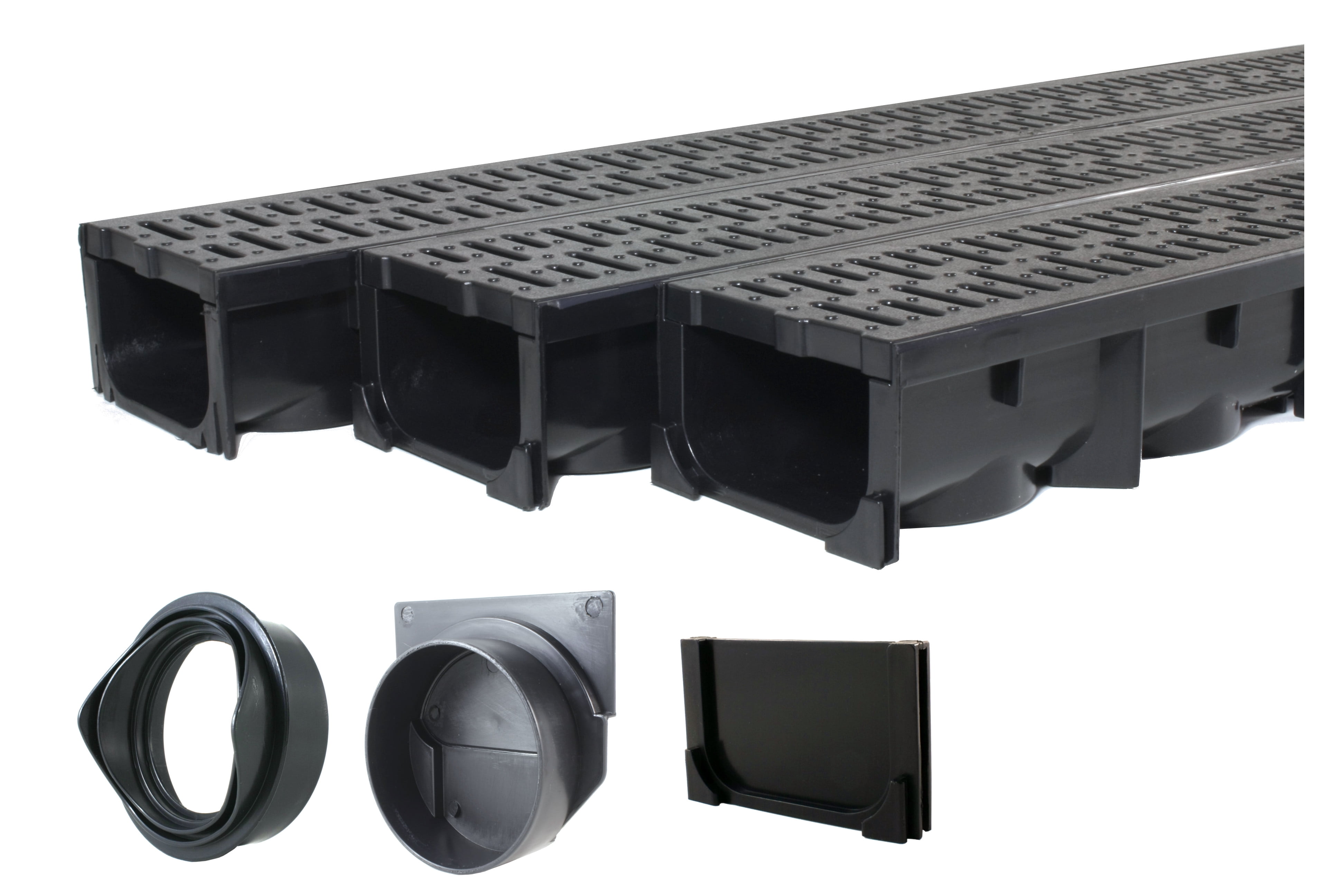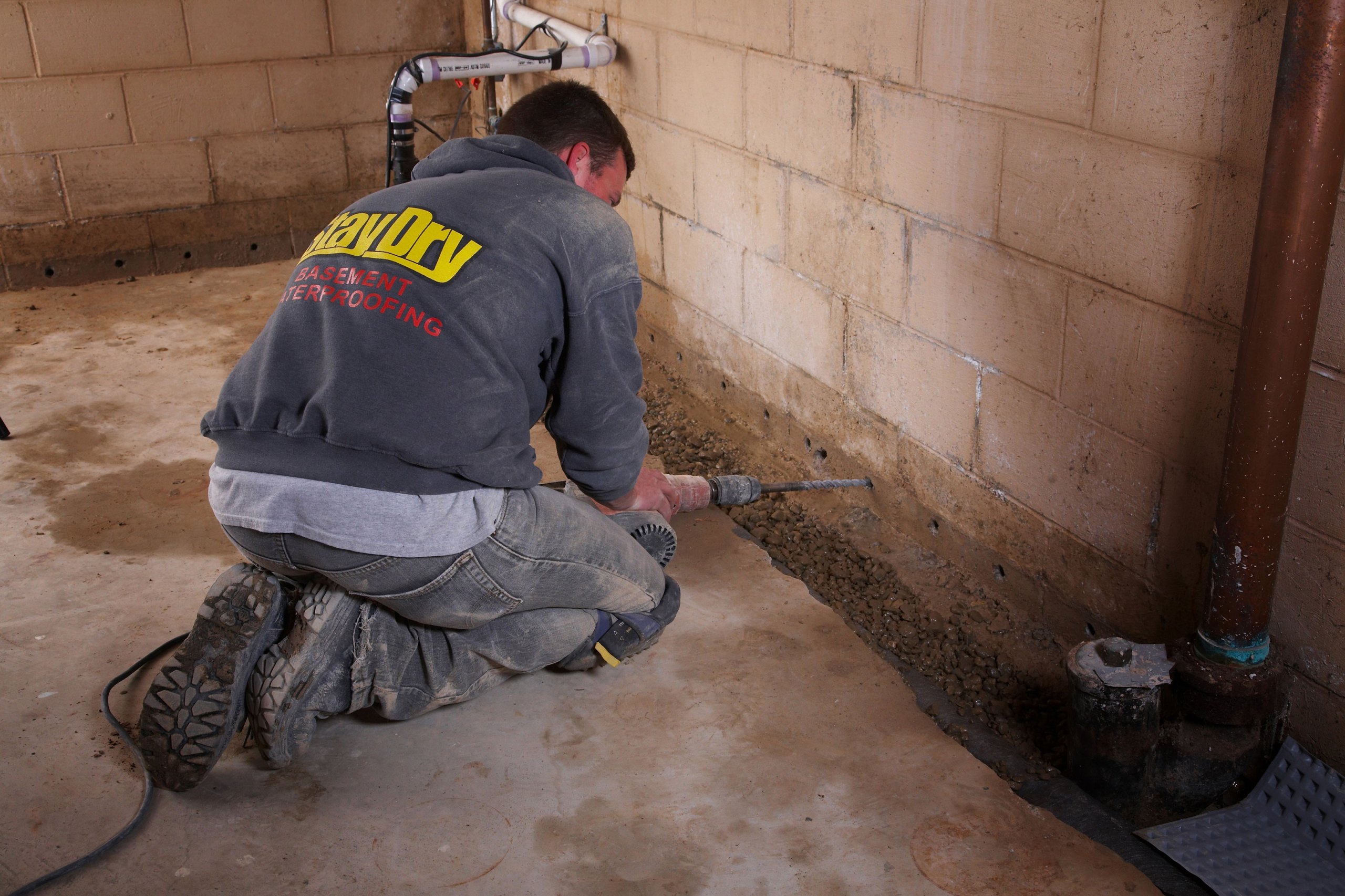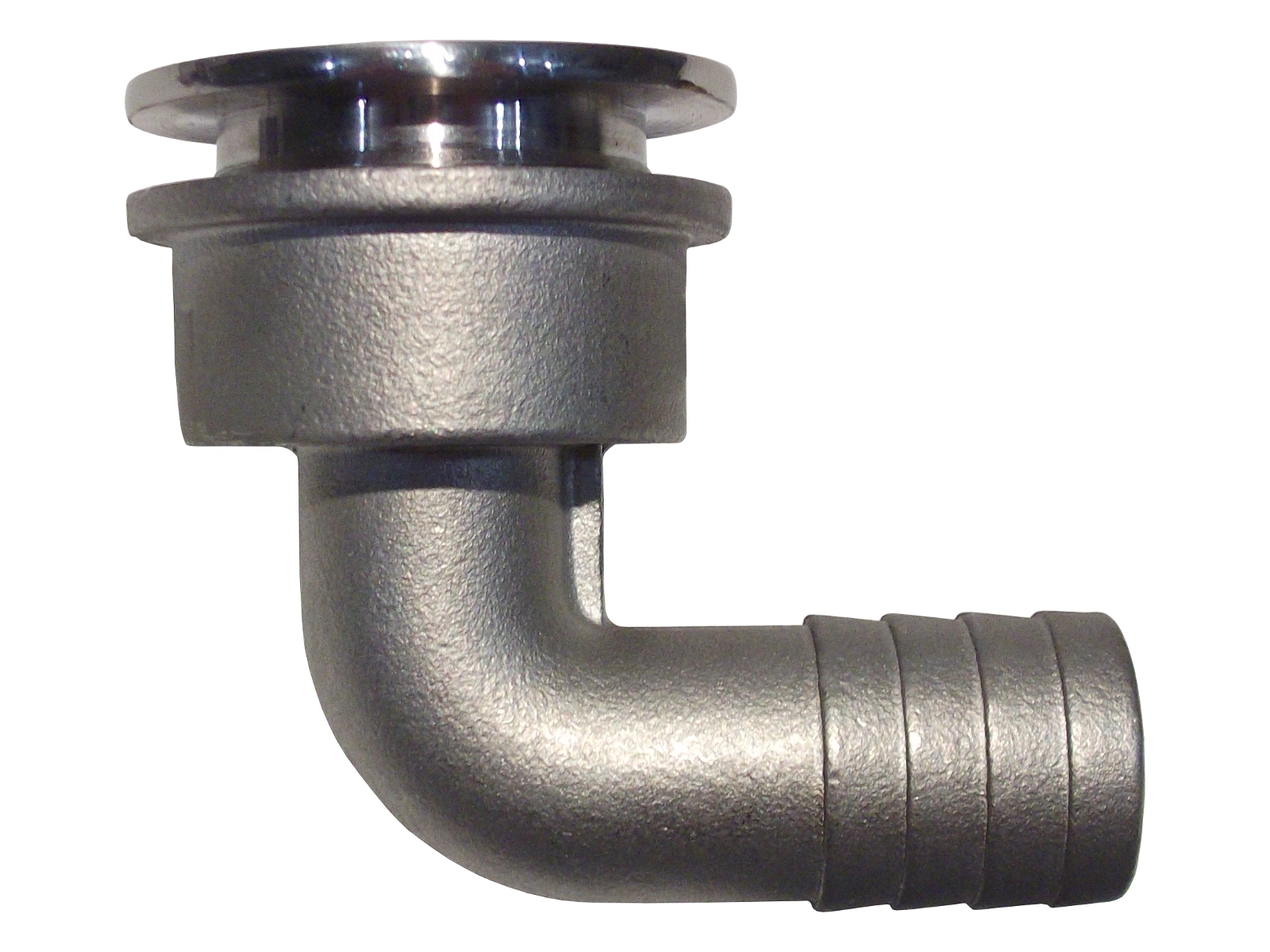1. Understanding the Importance of Cleaning Sludge from Your Bathroom Sink
Keeping your bathroom sink clean and free of sludge is crucial for maintaining a hygienic and pleasant bathroom. Not only does a dirty sink look unappealing, but it can also harbor harmful bacteria and cause unpleasant odors. Regularly cleaning your sink and removing any accumulated sludge is essential for a clean and healthy bathroom environment.
2. Identifying and Removing Sludge Buildup in Your Bathroom Sink
Sludge buildup is commonly found in bathroom sinks, especially in homes with hard water. It is a combination of soap scum, minerals, and bacteria that can accumulate over time and create a stubborn, greasy film on your sink's surfaces. To remove sludge effectively, you need to understand its composition and the best cleaning methods to eliminate it.
3. Choosing the Right Cleaning Products for Your Bathroom Sink
When it comes to cleaning sludge from your bathroom sink, using the right cleaning products is crucial. Harsh chemicals can damage your sink's surface, while mild cleaners may not be effective enough to remove tough sludge buildup. Look for cleaning products specifically designed for removing bathroom grime and sludge, or opt for natural alternatives like vinegar and baking soda.
4. Preparing Your Bathroom Sink for Cleaning
Before you start scrubbing away at the sludge in your bathroom sink, it's essential to prepare the area properly. Remove any clutter or personal items from the sink, and clear the drain of any debris. You can also use a toothbrush to gently scrub around the drain and faucet to remove any buildup in those hard-to-reach areas.
5. Scrubbing and Disinfecting Your Bathroom Sink
Once your sink is prepped for cleaning, it's time to start scrubbing. Use an appropriate cleaning product and a non-abrasive sponge or cloth to scrub away at the sludge. Be sure to cover all surfaces, including the basin, faucet, and drain. After scrubbing, rinse the sink thoroughly with water and then disinfect with a disinfectant spray or wipe.
6. Removing Stubborn Sludge with Baking Soda and Vinegar
If you're dealing with particularly stubborn sludge in your bathroom sink, a mixture of baking soda and vinegar can be a highly effective cleaning solution. Simply sprinkle baking soda over the sludge, then pour vinegar over it, and let it sit for a few minutes. The chemical reaction between the two ingredients will help loosen the sludge, making it easier to scrub away.
7. Dealing with a Clogged Drain Due to Sludge Buildup
In some cases, sludge buildup in your bathroom sink can lead to a clogged drain. If you notice that the water is draining slowly or not at all, it's essential to address the issue promptly. You can use a plunger to try and remove the clog, or a mixture of baking soda and vinegar can also help break it down. For more severe clogs, it's best to call a professional plumber.
8. Preventing Sludge Buildup in Your Bathroom Sink
The best way to deal with sludge in your bathroom sink is to prevent it from building up in the first place. After cleaning your sink, make sure to dry it thoroughly to prevent any leftover moisture from promoting bacterial growth. You can also use a daily cleaner or a mixture of vinegar and water to wipe down your sink regularly and prevent sludge buildup.
9. Other Tips for Keeping Your Bathroom Sink Clean and Sludge-Free
In addition to regular cleaning and maintenance, there are a few other things you can do to keep your bathroom sink free of sludge. Avoid pouring grease or oil down your sink, as it can solidify and contribute to sludge buildup. You can also install a water softener to prevent hard water minerals from accumulating in your sink.
10. Maintaining a Clean and Hygienic Bathroom with Regular Sink Cleaning
Cleaning sludge from your bathroom sink is just one part of maintaining a clean and hygienic bathroom. Regularly cleaning and disinfecting your sink, along with other bathroom surfaces, can help prevent the spread of germs and keep your bathroom looking and smelling fresh. With these tips, you can easily maintain a clean and sludge-free bathroom sink for a healthier and more comfortable bathroom experience.
Cleaning Sludge from Bathroom Sink: Tips and Tricks
/kitchen-sink-171366298-5841b8de3df78c0230af5814.jpg)
Why is Cleaning Sludge from Bathroom Sink Important?
How to Clean Sludge from Bathroom Sink
 The following are some effective and easy methods for cleaning sludge from your bathroom sink:
1. Use a Cleaning Solution
There are many commercial cleaning solutions available specifically designed for removing bathroom sink sludge. Look for products that contain ingredients such as
citric acid, baking soda, or vinegar
, as these are natural and effective cleaners. Simply spray the solution onto the sink and let it sit for a few minutes before scrubbing and rinsing off.
2. Try a DIY Method
If you prefer to use natural ingredients, you can make your own cleaning solution with
baking soda and vinegar
. Mix equal parts of both ingredients and pour the mixture down the drain, followed by hot water. This will help break down the sludge and clear any clogs.
3. Use a Plunger
If the sludge has caused a clog in your sink, a plunger can be a useful tool to dislodge it. First, fill the sink with enough water to cover the plunger, then place the plunger over the drain and pump up and down vigorously. This will create suction and help to remove the sludge.
4. Don't Forget the Drain Stopper
Often, the drain stopper can be a hidden culprit for sludge buildup. To clean it, remove the stopper and soak it in a mixture of hot water and
dish soap
. You can also use an old toothbrush to scrub away any residue.
The following are some effective and easy methods for cleaning sludge from your bathroom sink:
1. Use a Cleaning Solution
There are many commercial cleaning solutions available specifically designed for removing bathroom sink sludge. Look for products that contain ingredients such as
citric acid, baking soda, or vinegar
, as these are natural and effective cleaners. Simply spray the solution onto the sink and let it sit for a few minutes before scrubbing and rinsing off.
2. Try a DIY Method
If you prefer to use natural ingredients, you can make your own cleaning solution with
baking soda and vinegar
. Mix equal parts of both ingredients and pour the mixture down the drain, followed by hot water. This will help break down the sludge and clear any clogs.
3. Use a Plunger
If the sludge has caused a clog in your sink, a plunger can be a useful tool to dislodge it. First, fill the sink with enough water to cover the plunger, then place the plunger over the drain and pump up and down vigorously. This will create suction and help to remove the sludge.
4. Don't Forget the Drain Stopper
Often, the drain stopper can be a hidden culprit for sludge buildup. To clean it, remove the stopper and soak it in a mixture of hot water and
dish soap
. You can also use an old toothbrush to scrub away any residue.
Preventing Sludge Buildup in the Future
 Regular maintenance is key to preventing sludge buildup in your bathroom sink. Here are a few tips to keep your sink clean and sludge-free:
- Wipe down your sink after each use to remove any soap scum and dirt.
- Use a drain cover to catch hair and other debris that can contribute to sludge buildup.
- Avoid pouring grease, oil, and other food waste down the drain as they can solidify and cause clogs.
- Run hot water down the drain regularly to help clear any buildup.
Regular maintenance is key to preventing sludge buildup in your bathroom sink. Here are a few tips to keep your sink clean and sludge-free:
- Wipe down your sink after each use to remove any soap scum and dirt.
- Use a drain cover to catch hair and other debris that can contribute to sludge buildup.
- Avoid pouring grease, oil, and other food waste down the drain as they can solidify and cause clogs.
- Run hot water down the drain regularly to help clear any buildup.
In Conclusion
 Cleaning sludge from your bathroom sink doesn't have to be a daunting task. By following these simple tips and incorporating regular maintenance, you can keep your sink looking and functioning at its best. Remember to always use gloves and proper ventilation when using cleaning products, and if the sludge buildup is severe, consider seeking professional help. A clean bathroom sink not only adds to the overall aesthetics of your home but also promotes a healthier living environment. So don't neglect this important cleaning task and make it a part of your regular housekeeping routine.
Cleaning sludge from your bathroom sink doesn't have to be a daunting task. By following these simple tips and incorporating regular maintenance, you can keep your sink looking and functioning at its best. Remember to always use gloves and proper ventilation when using cleaning products, and if the sludge buildup is severe, consider seeking professional help. A clean bathroom sink not only adds to the overall aesthetics of your home but also promotes a healthier living environment. So don't neglect this important cleaning task and make it a part of your regular housekeeping routine.

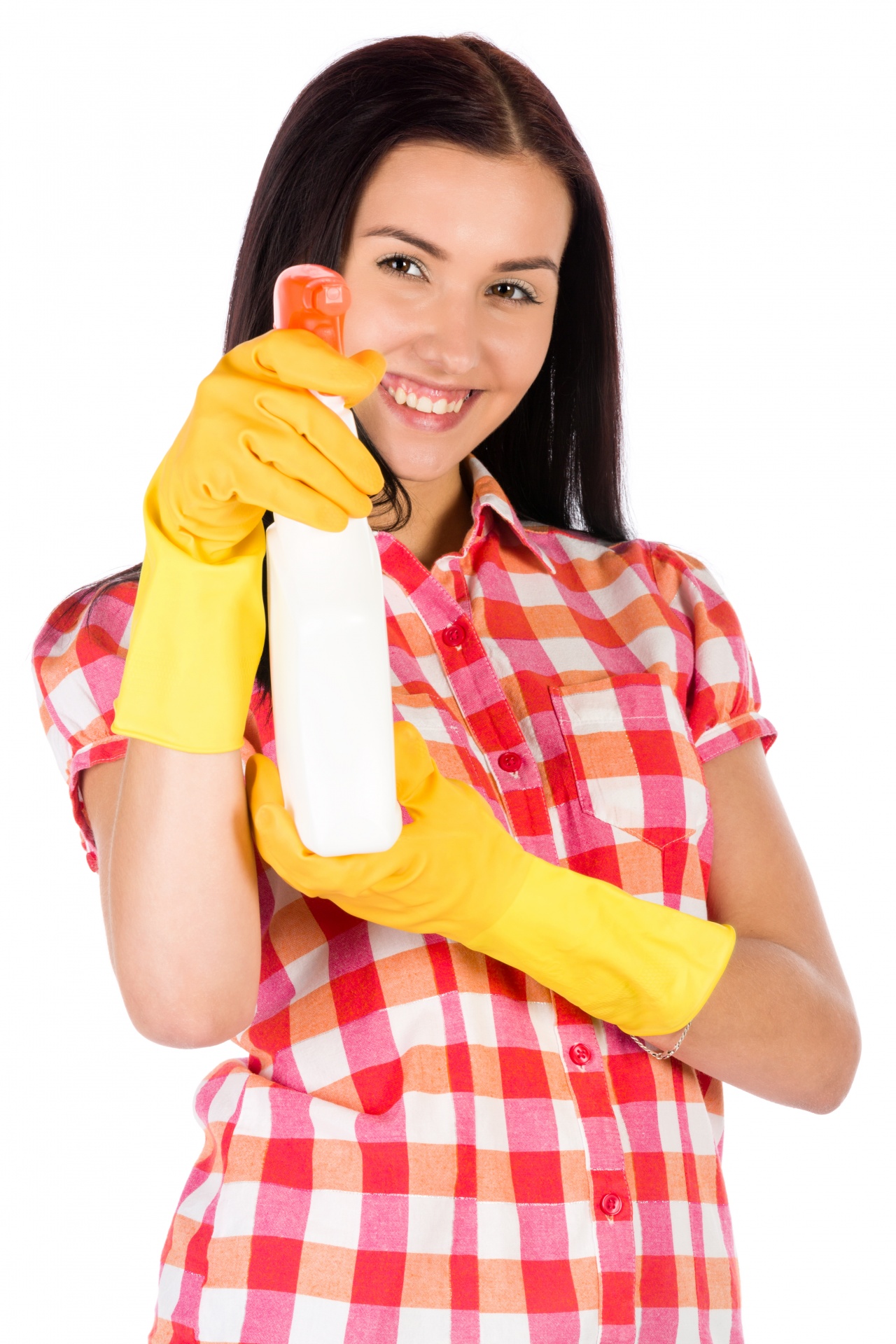

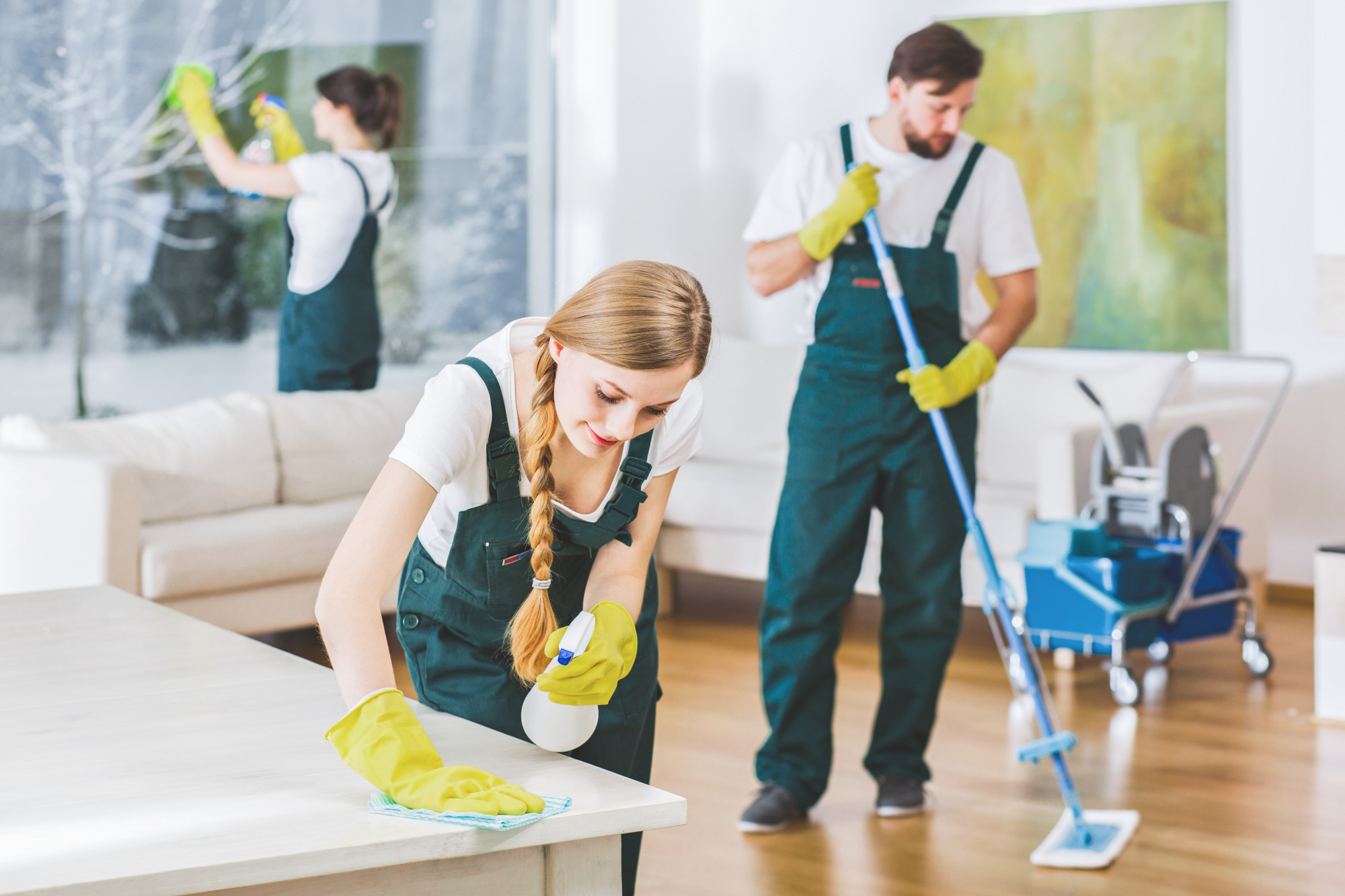
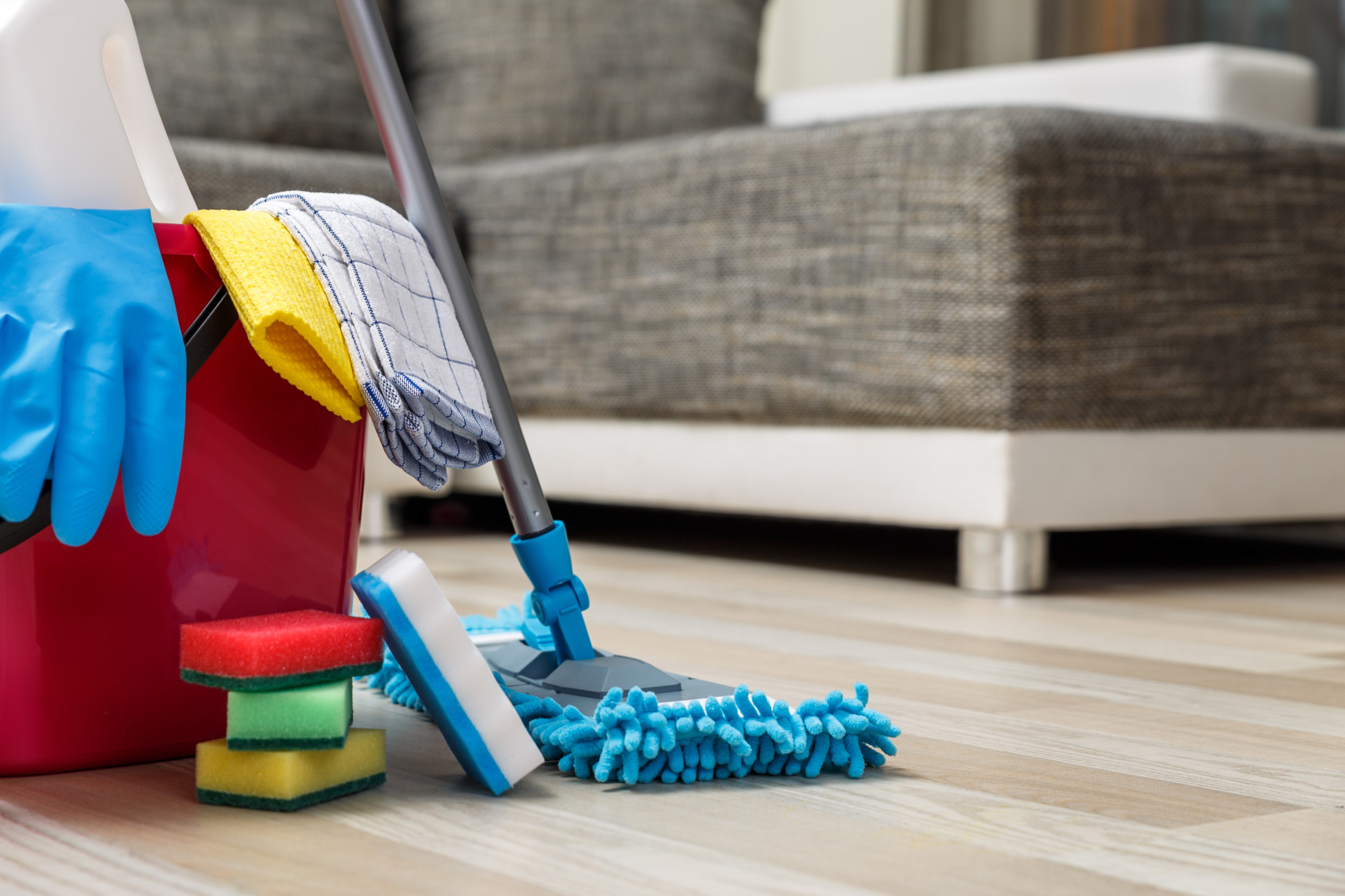
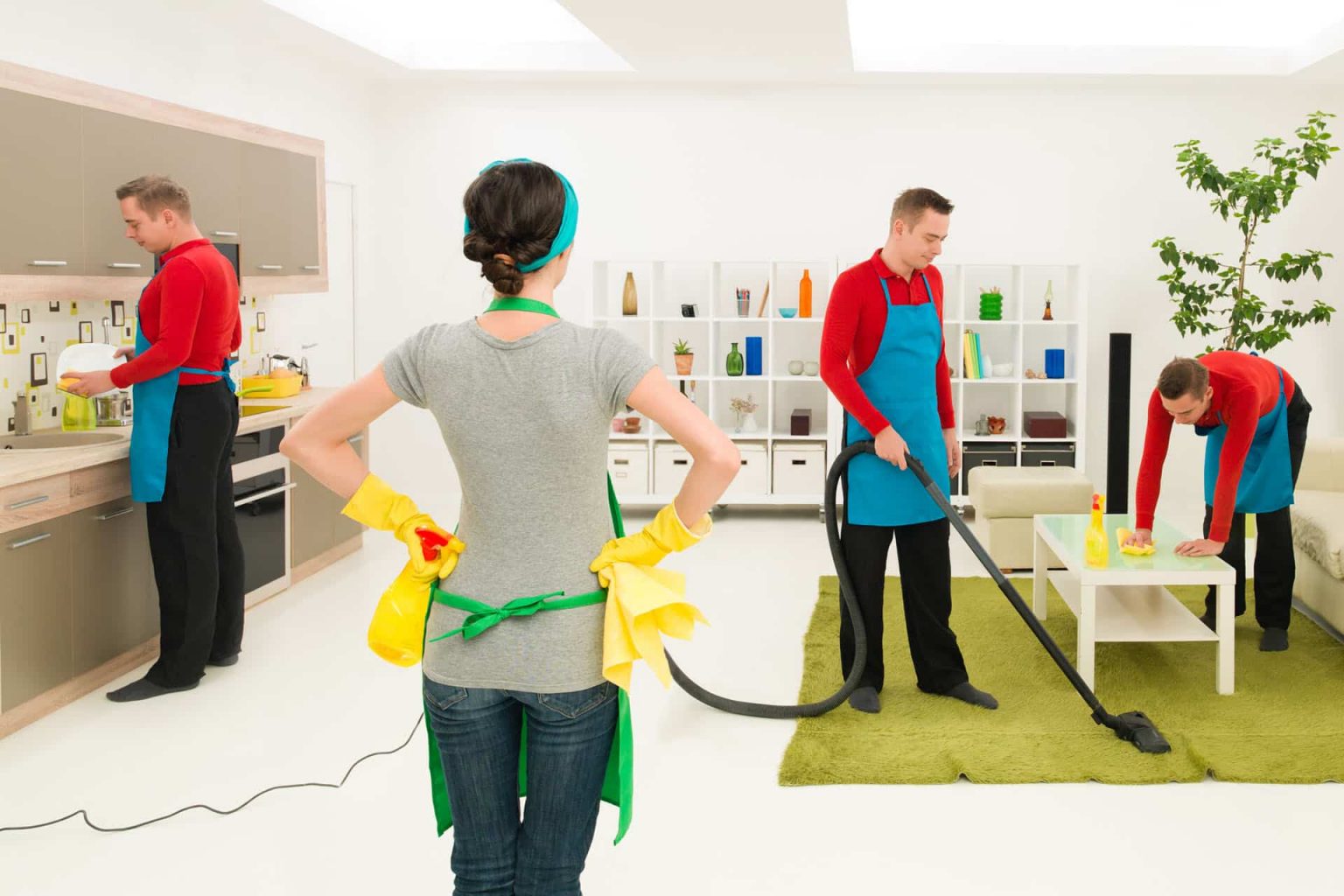







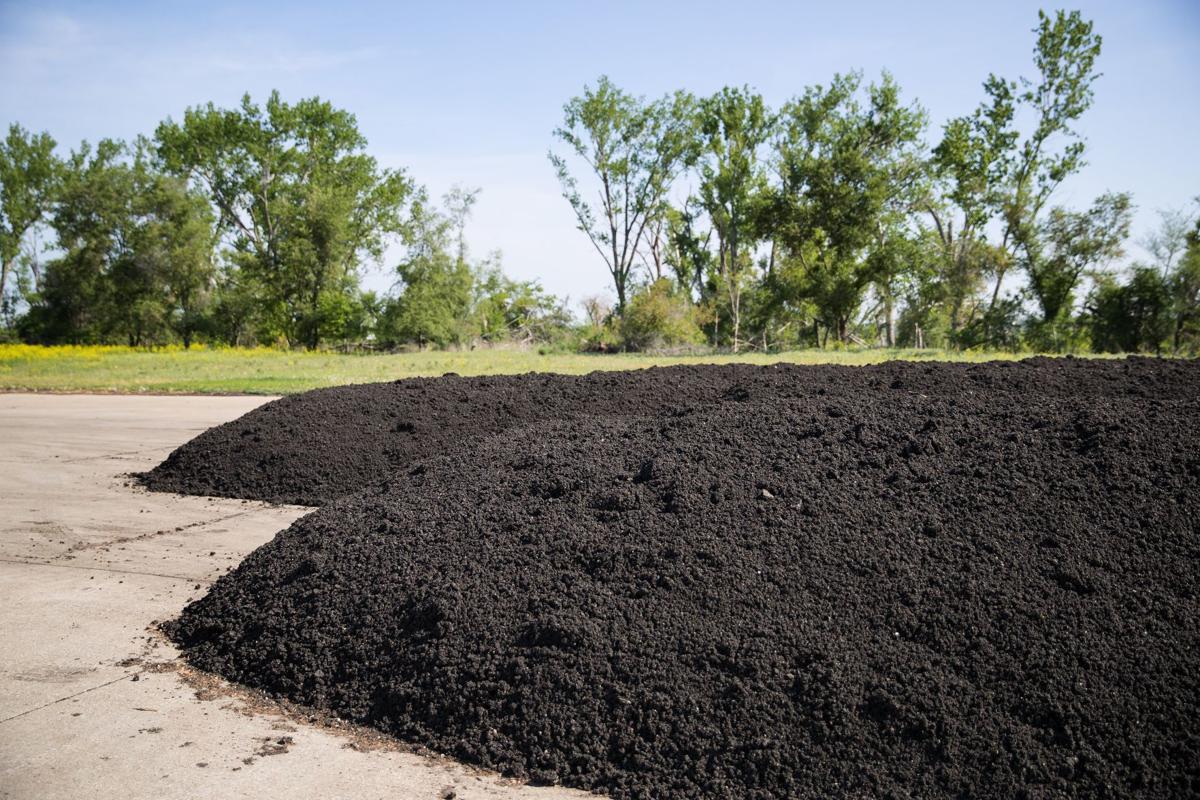
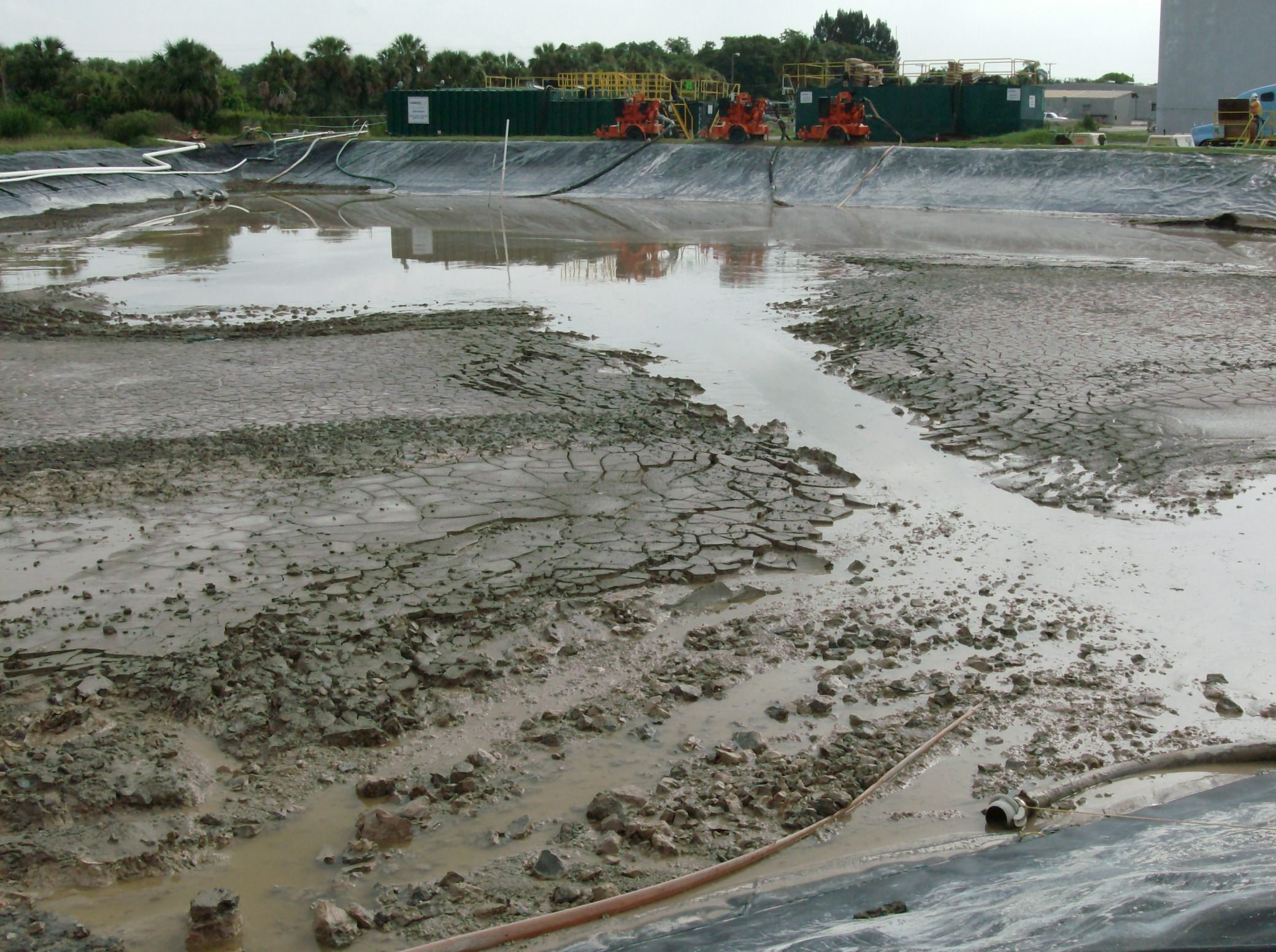

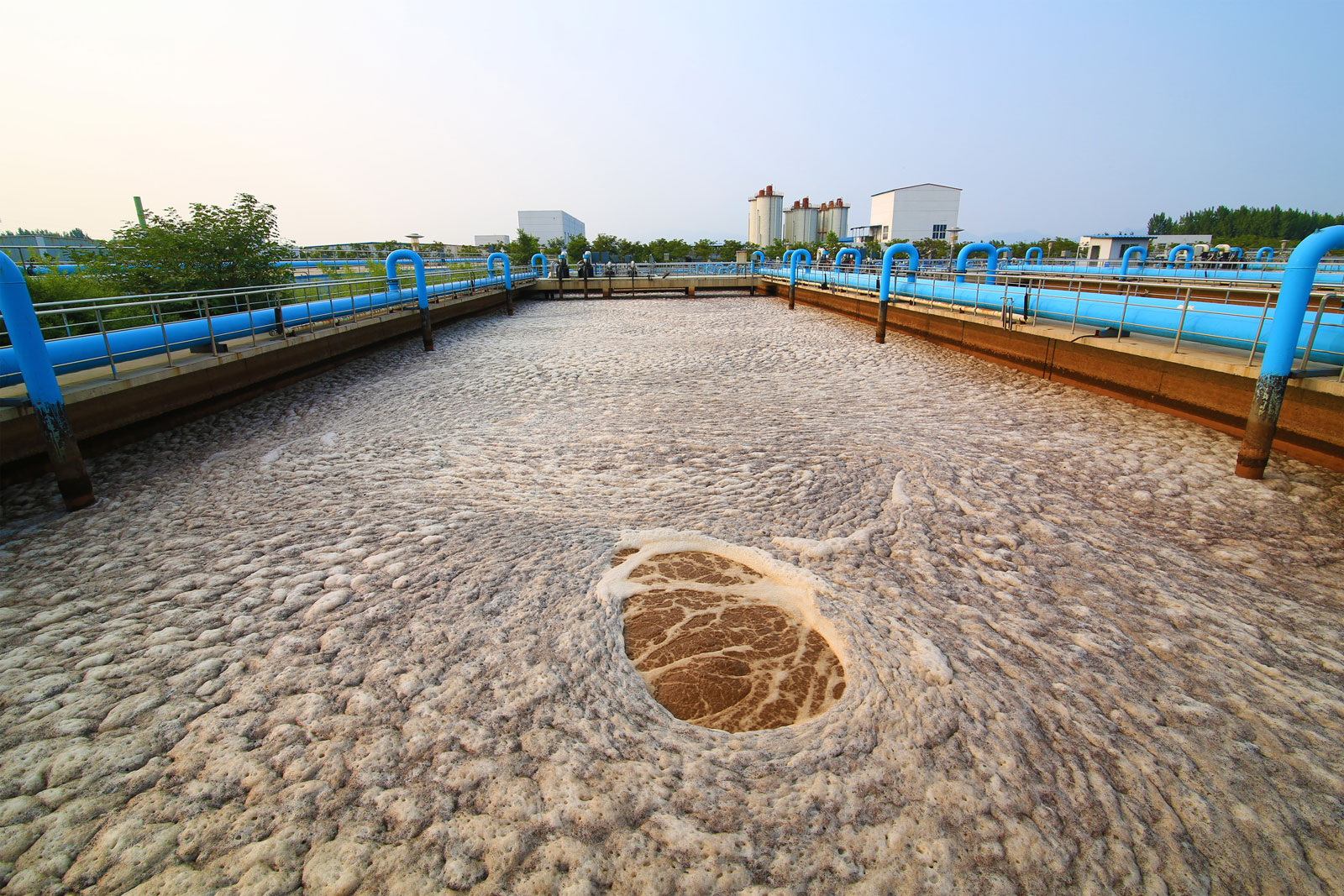
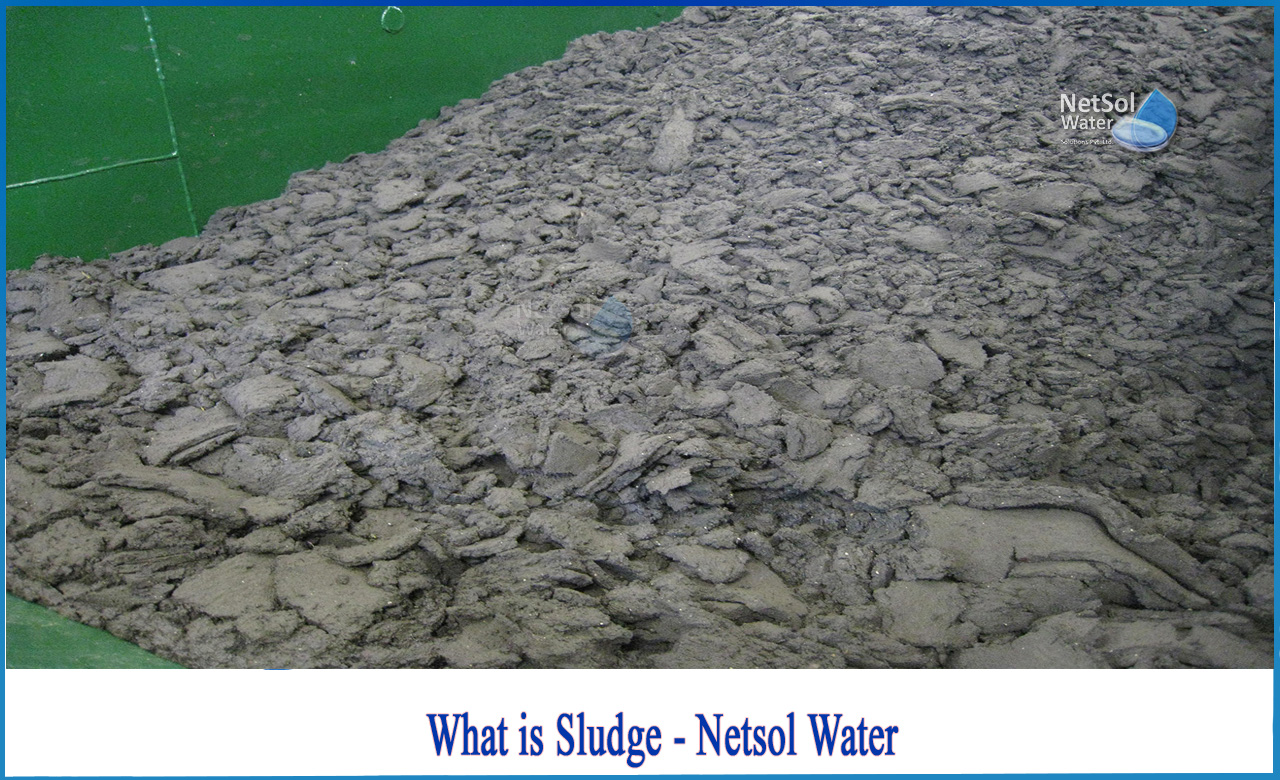
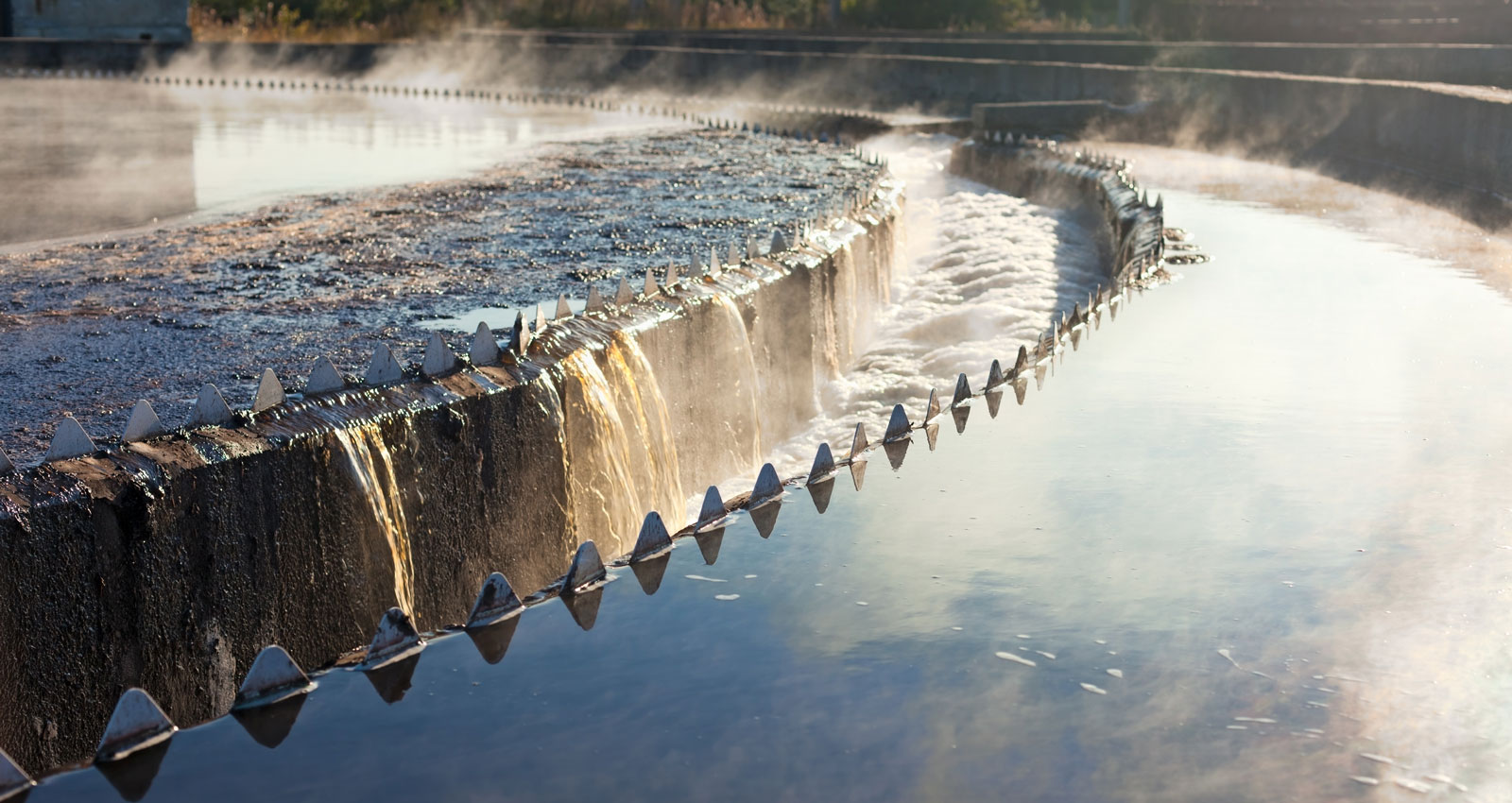





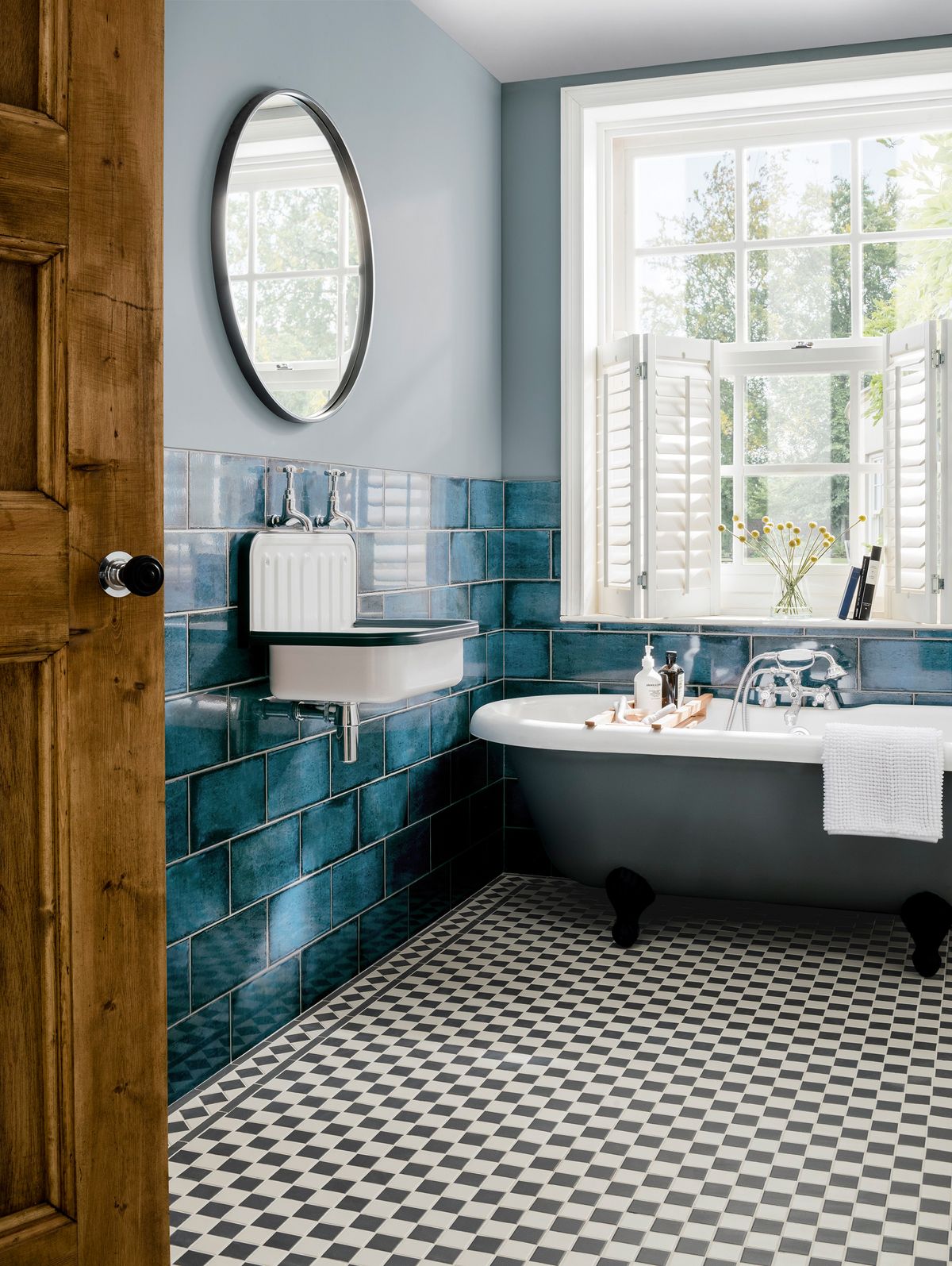
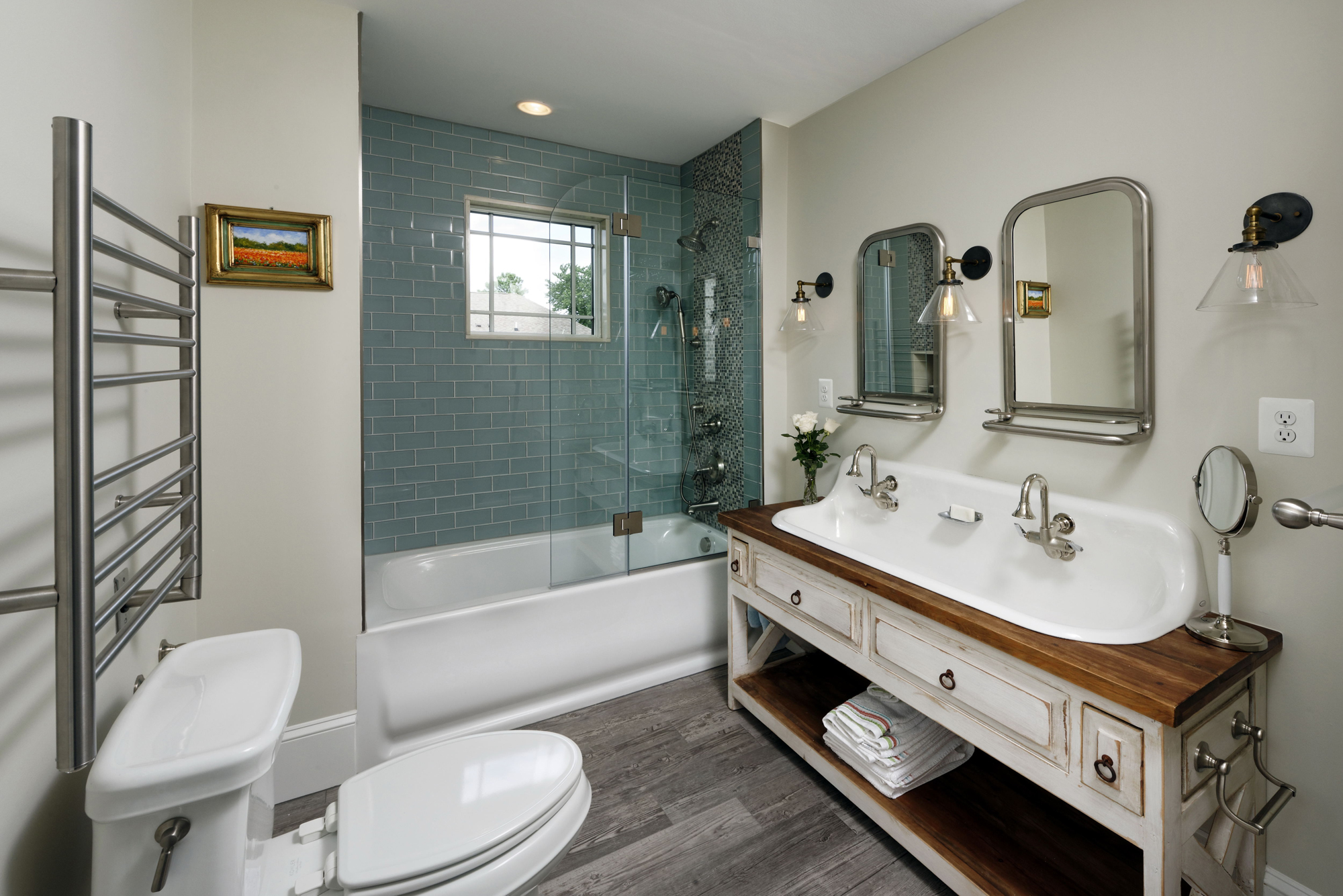


.jpg)
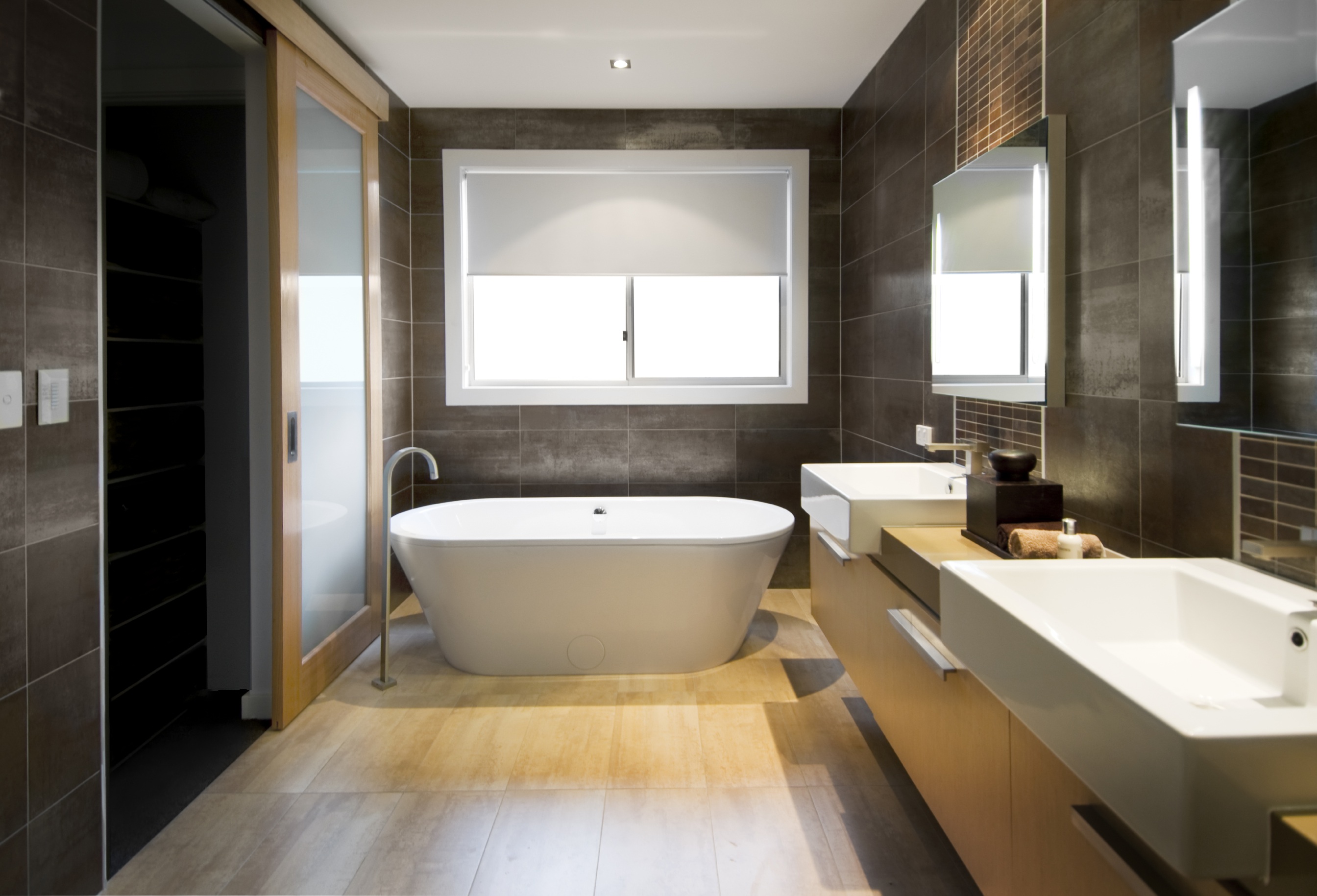

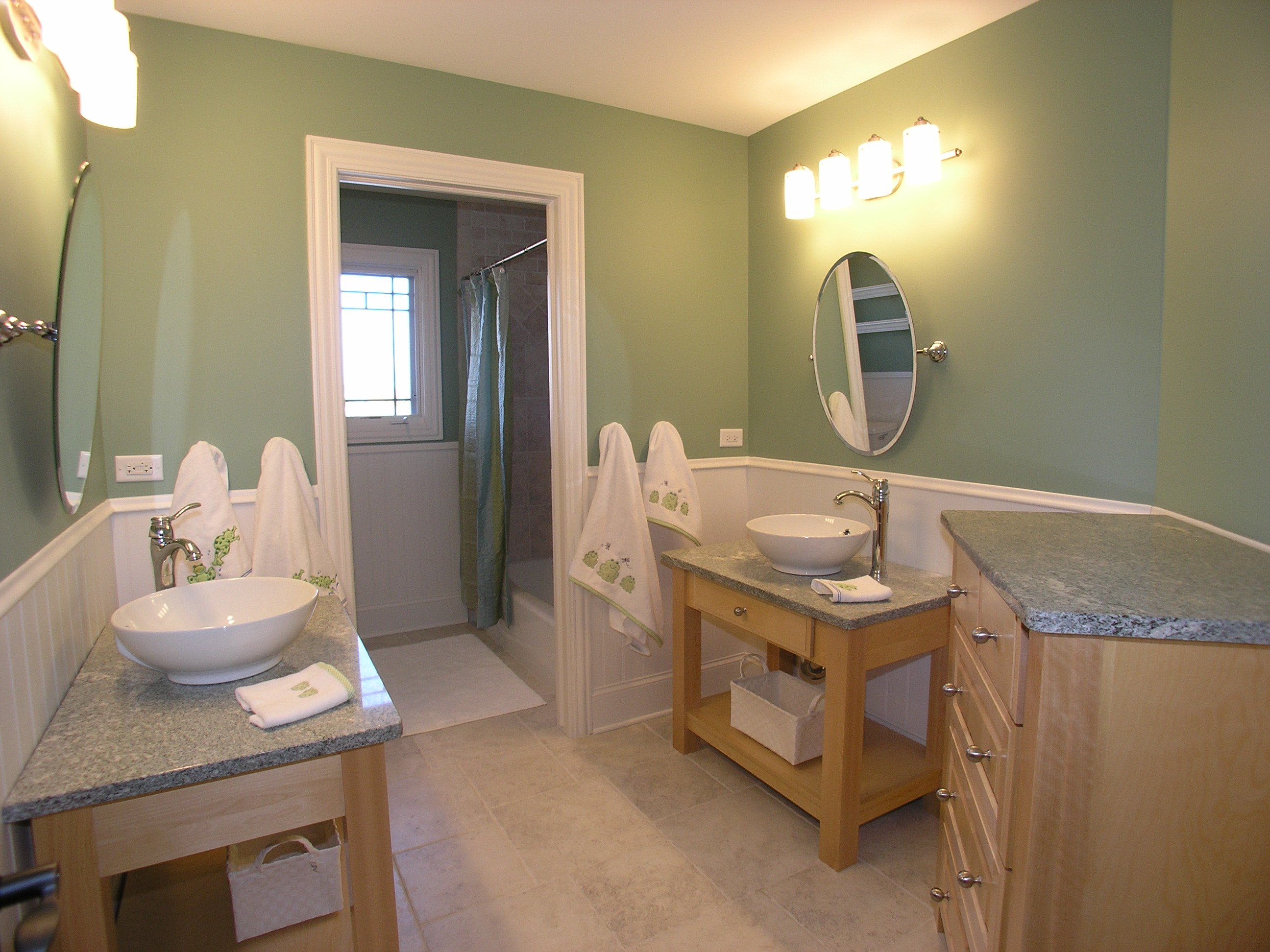


.jpg)








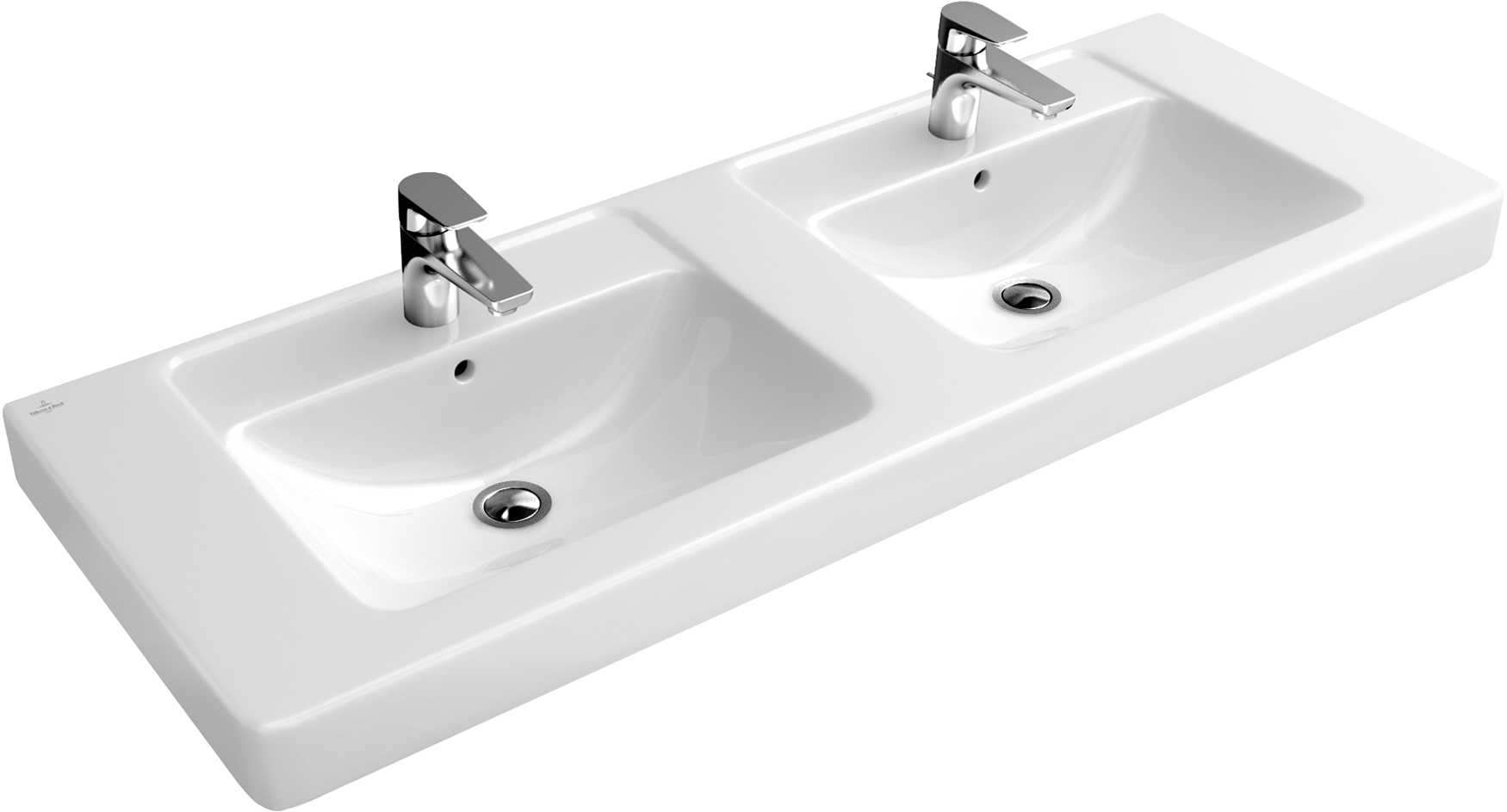

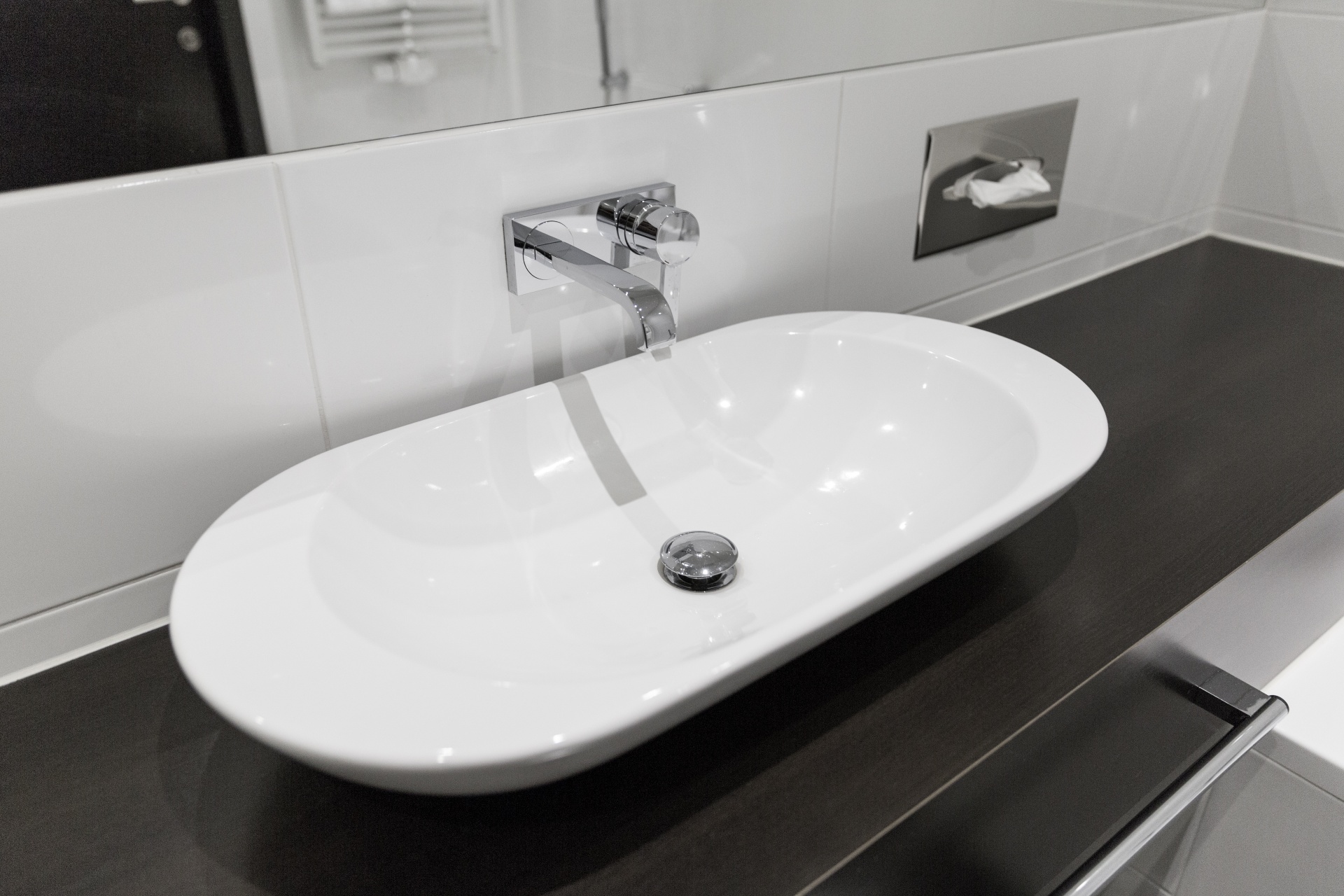




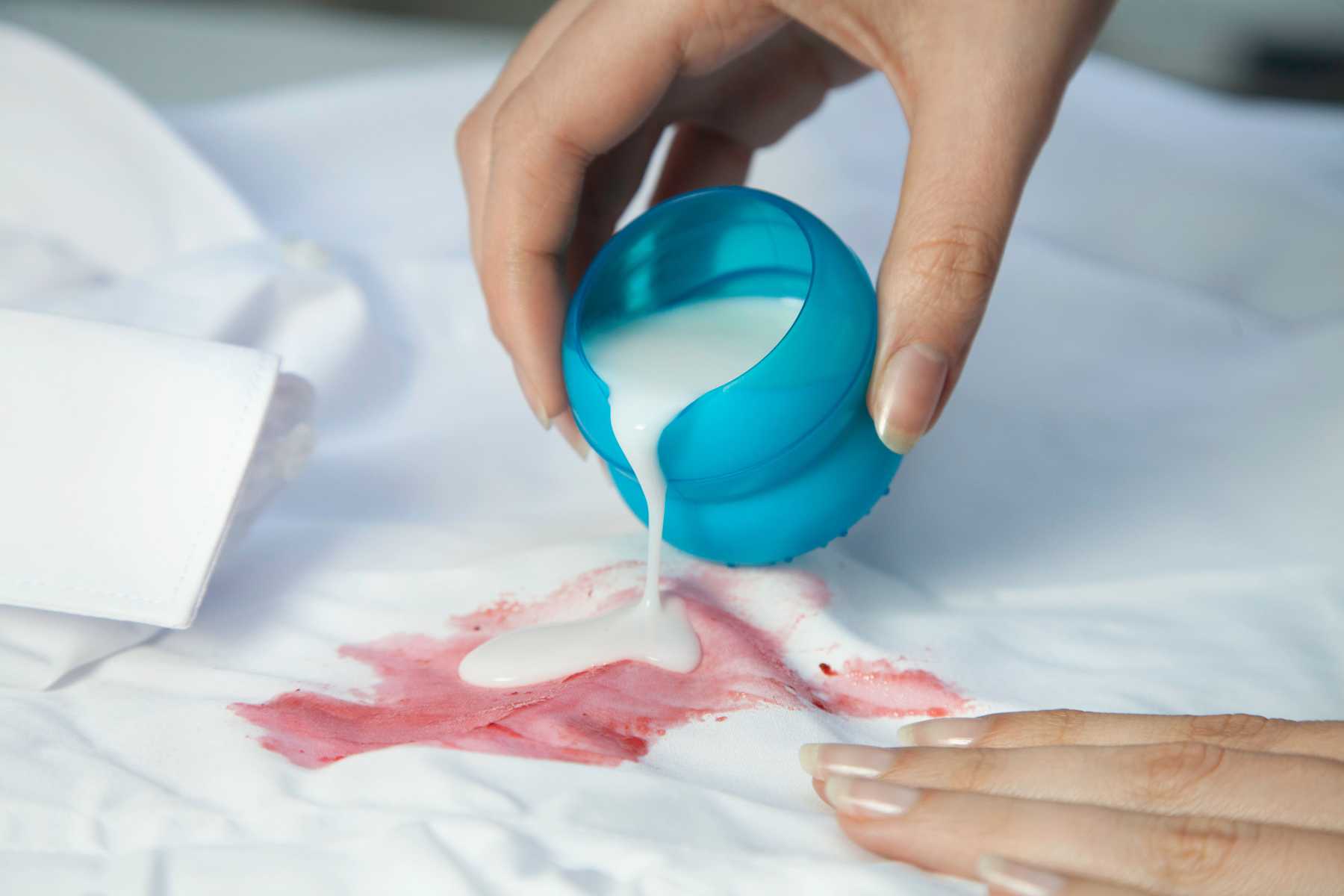

/GettyImages-sb10066479g-001-589364fb5f9b5874eee2b5fd.jpg)




















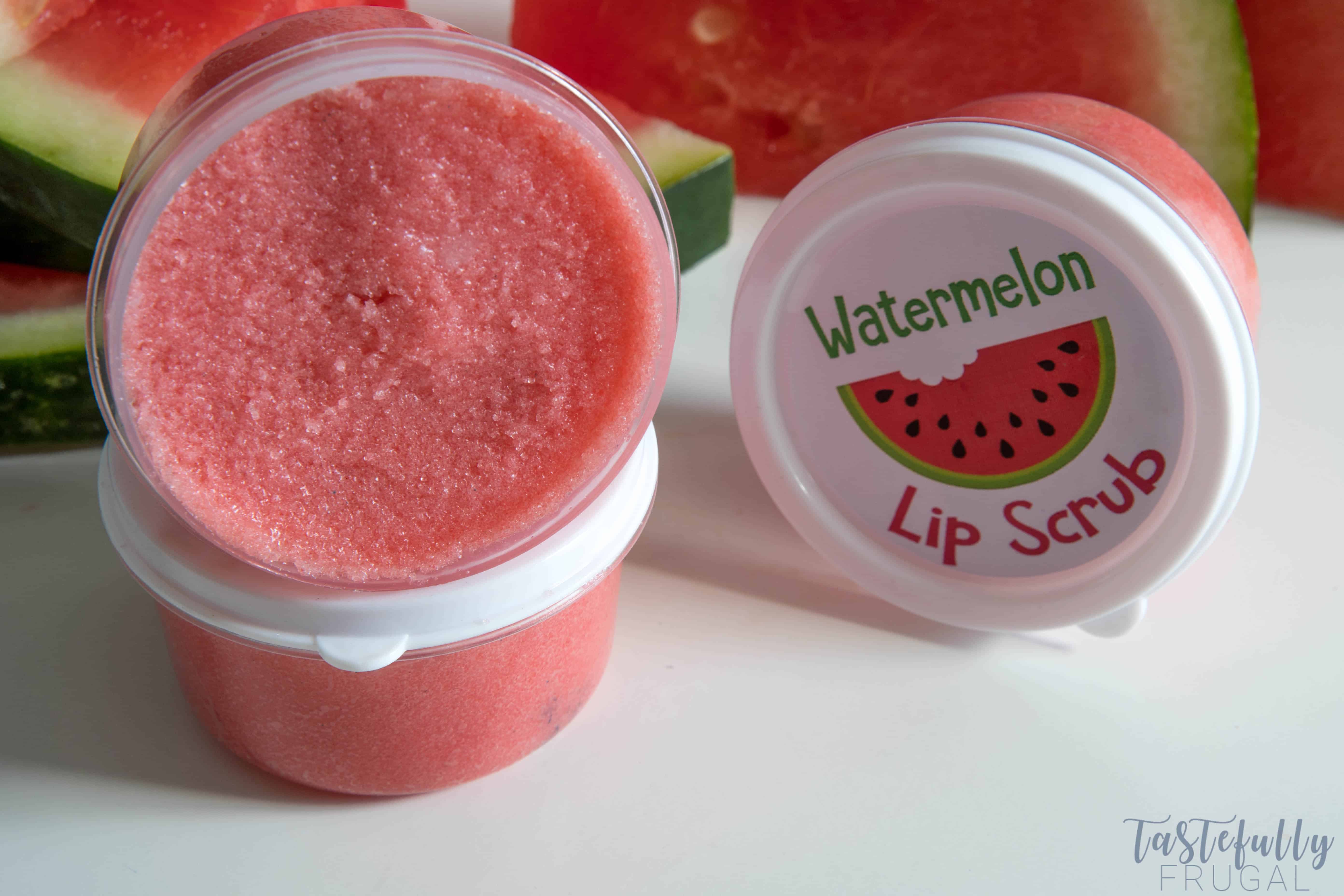
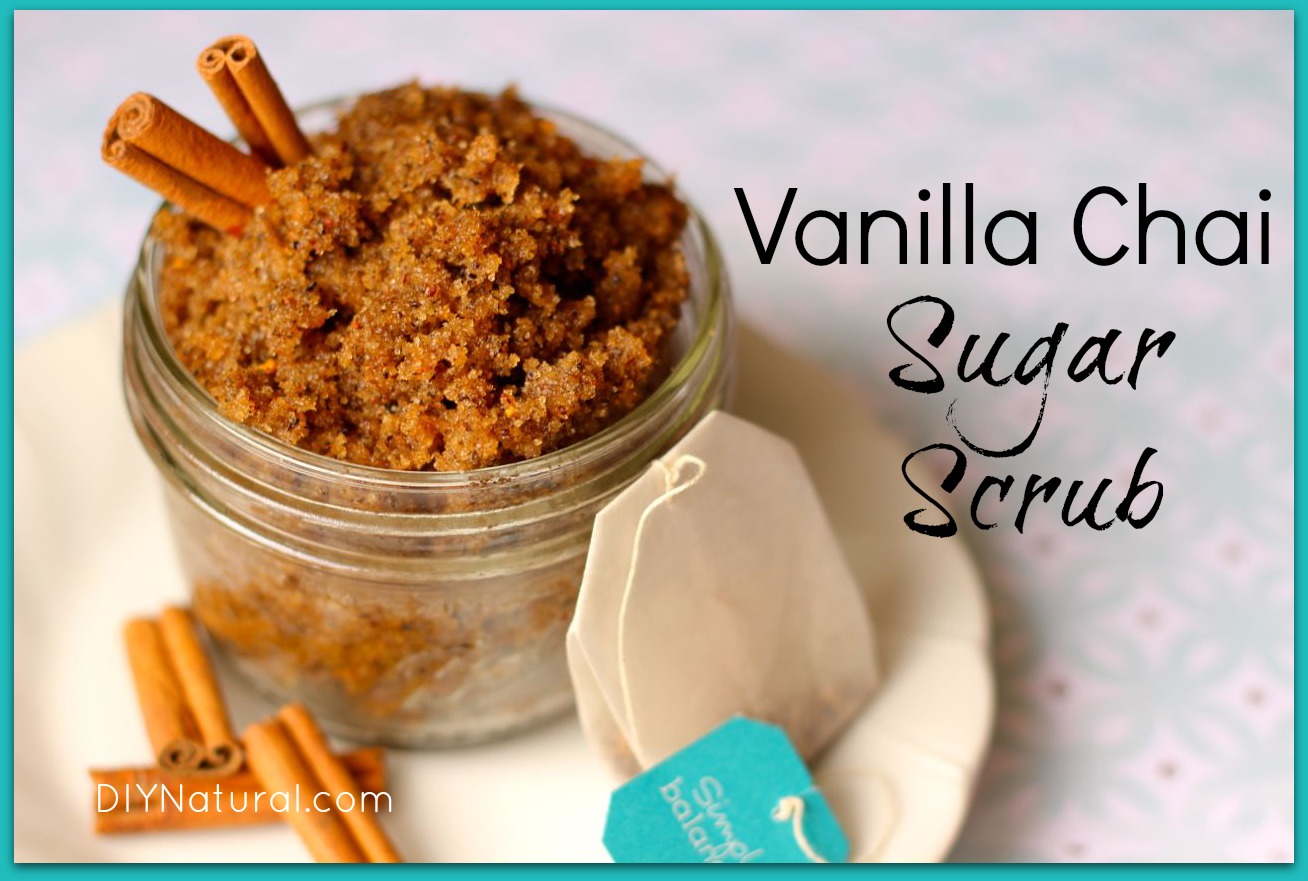

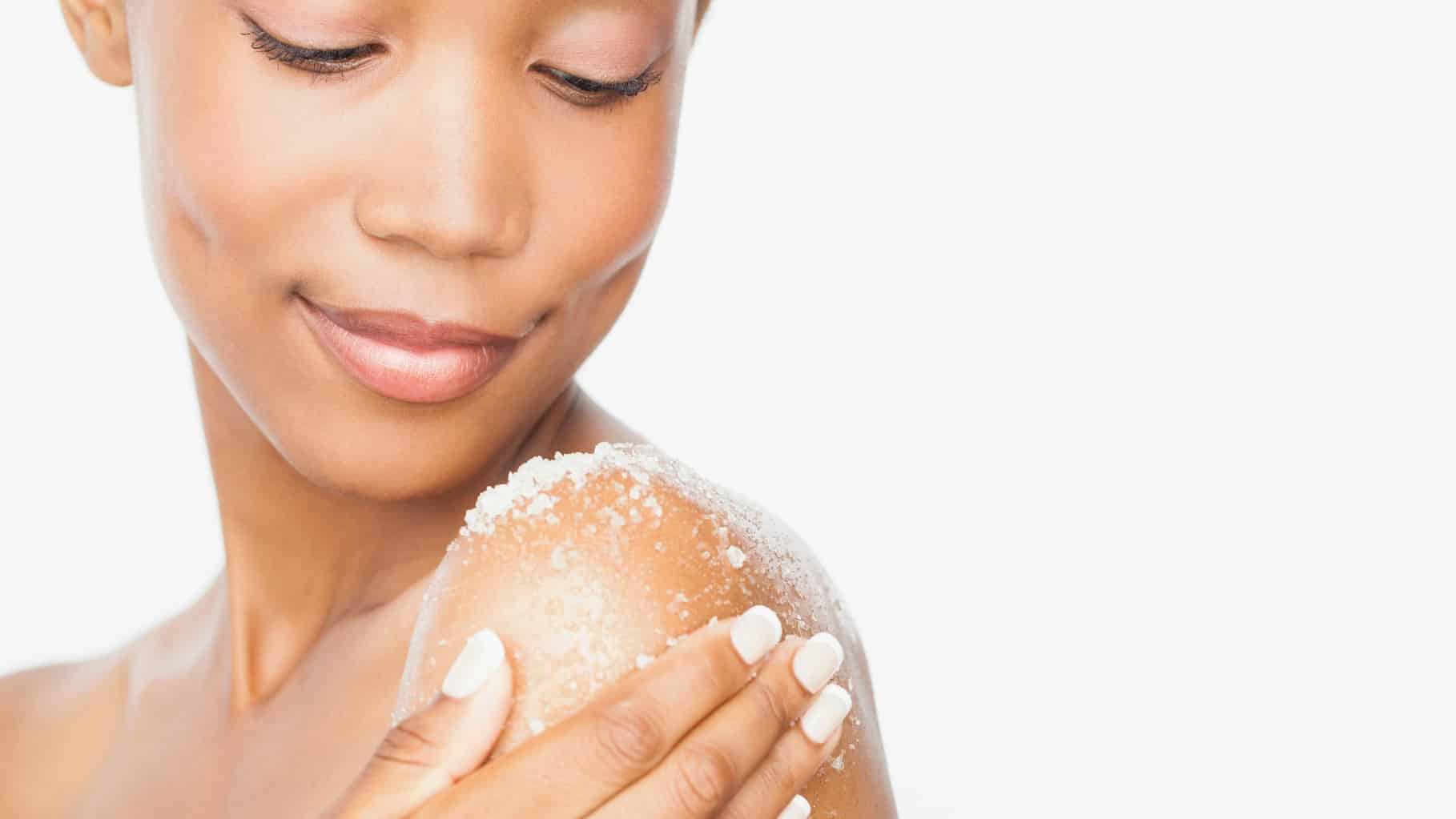
/woman-exfoliating-bare-shoulder-667605849-5aa1d643c0647100370429d2.jpg)

